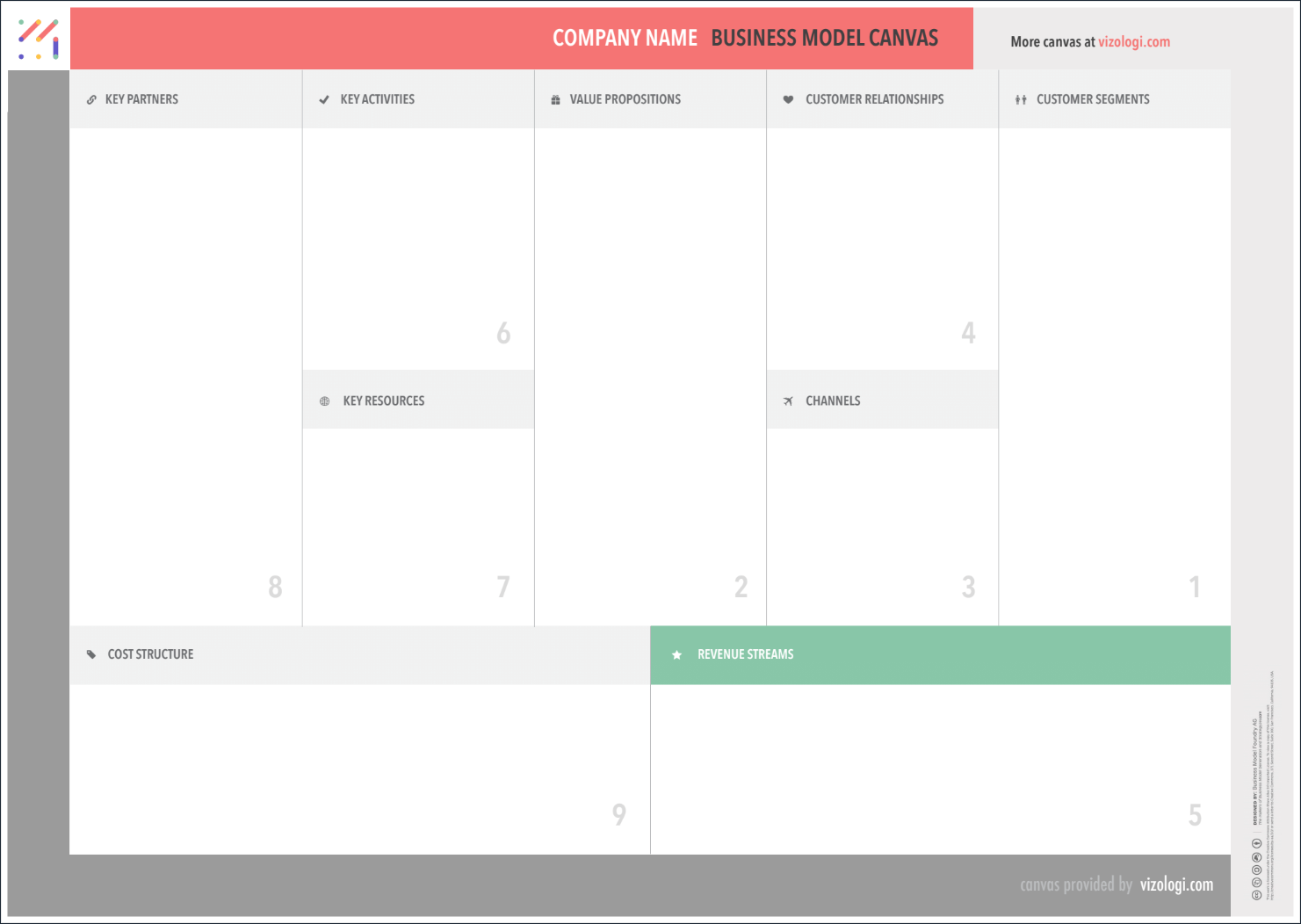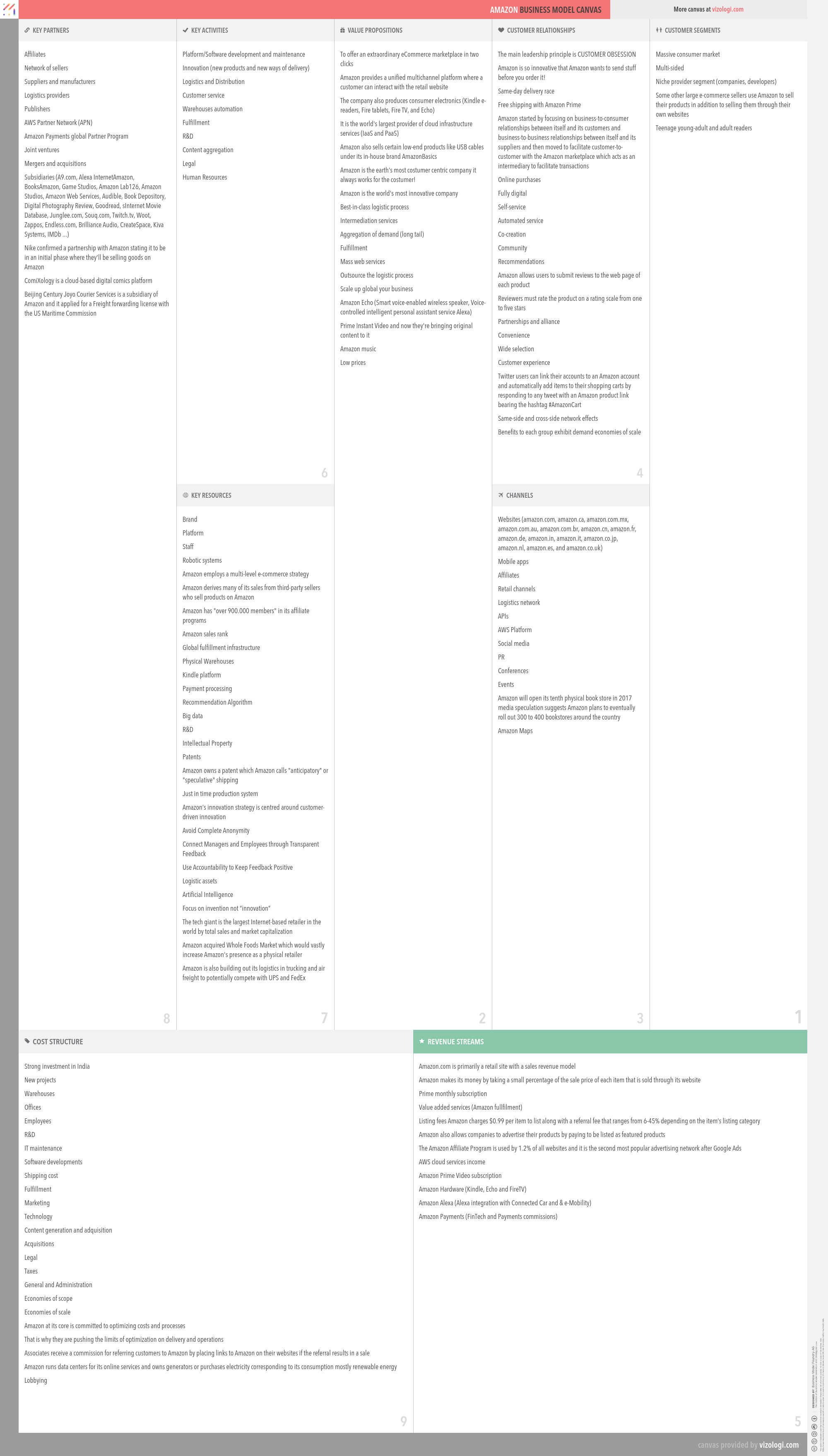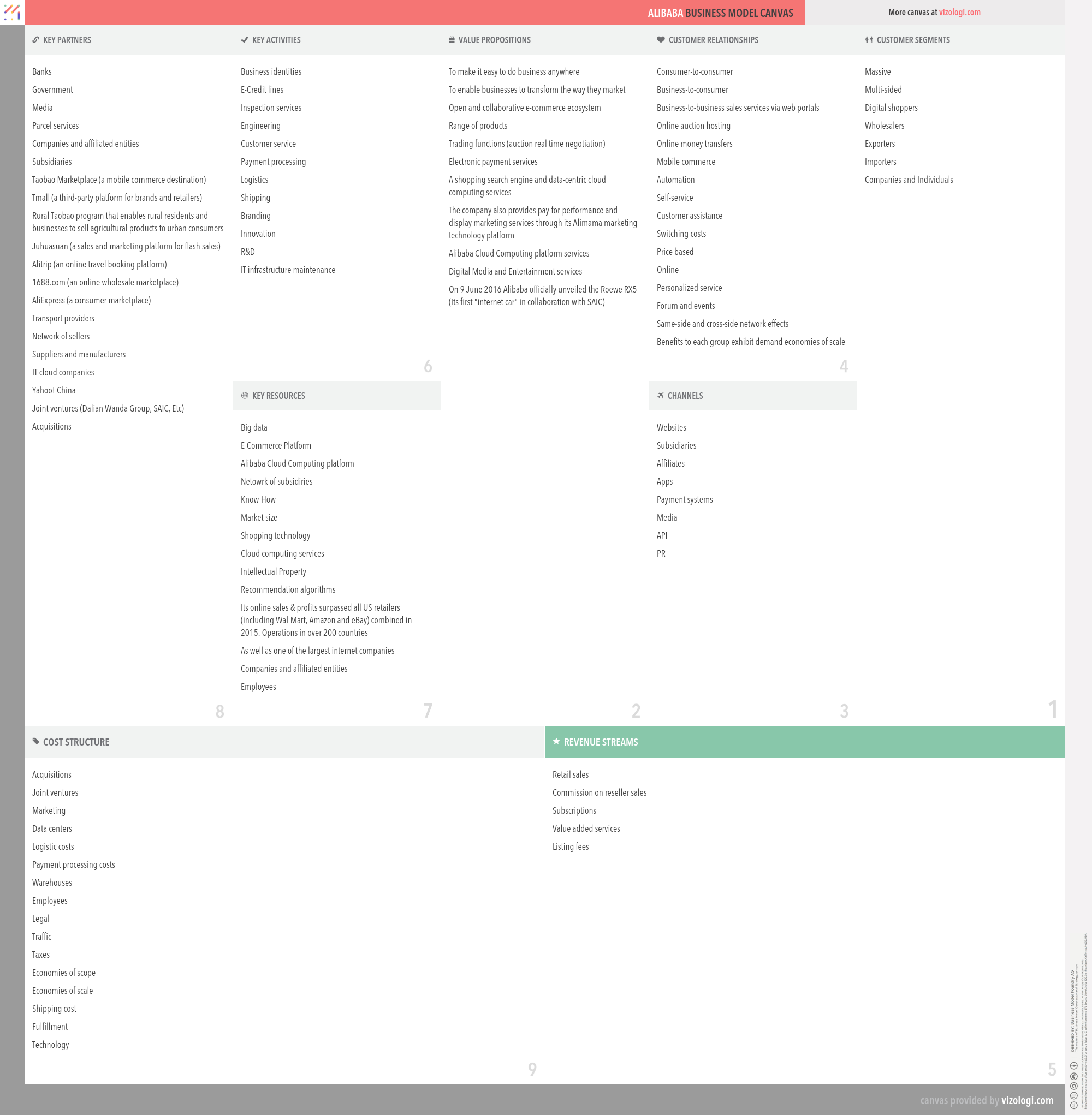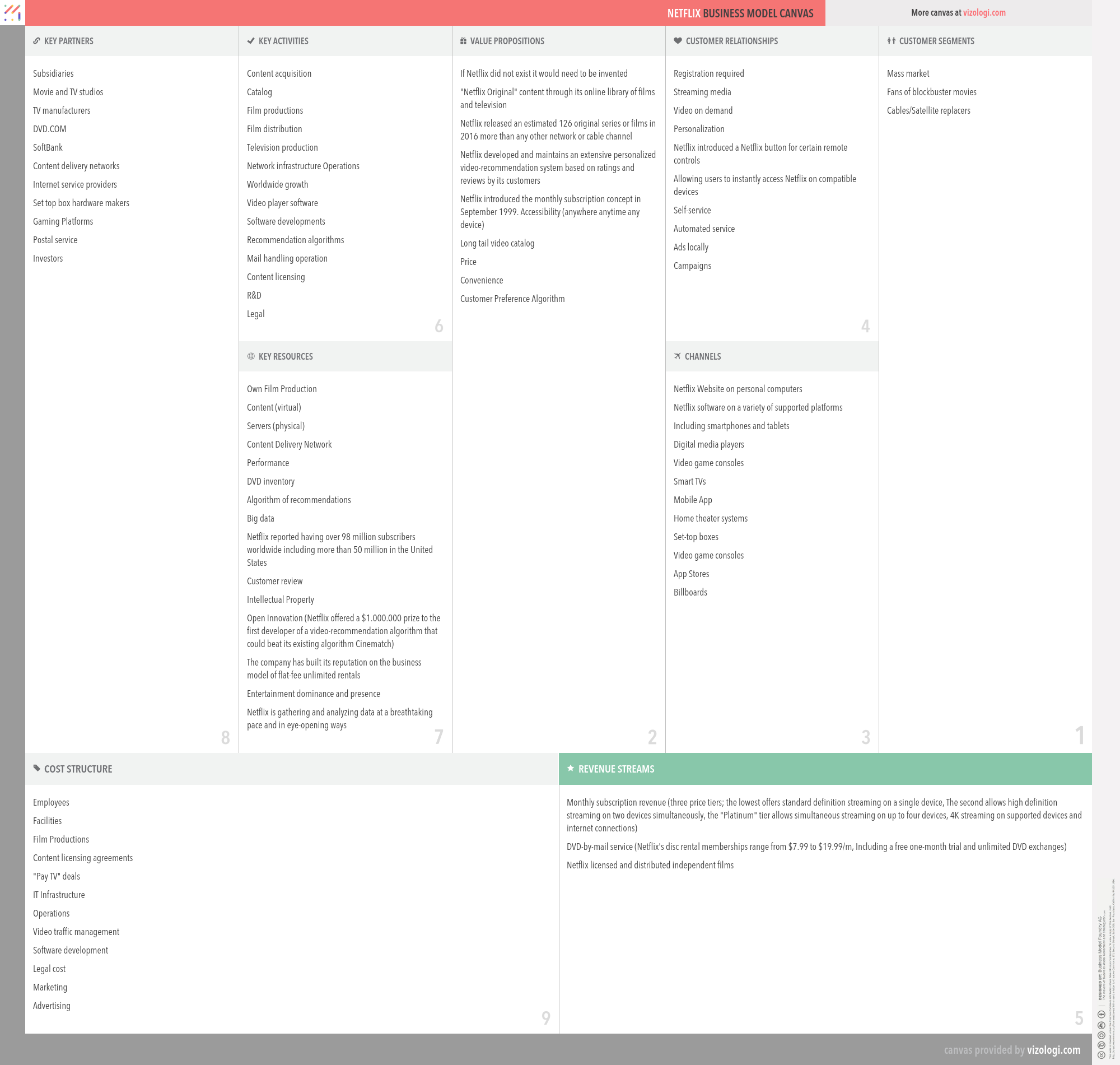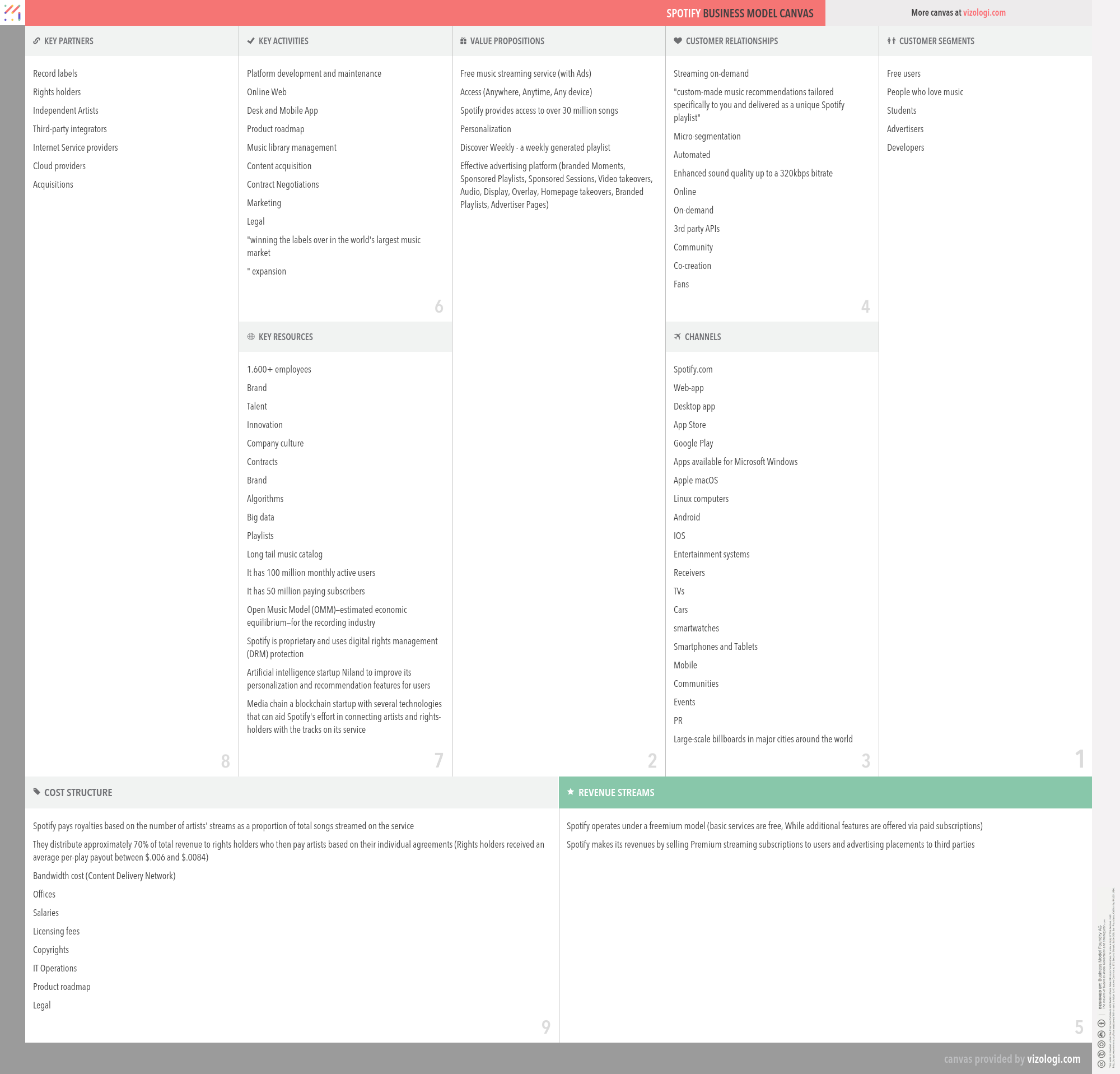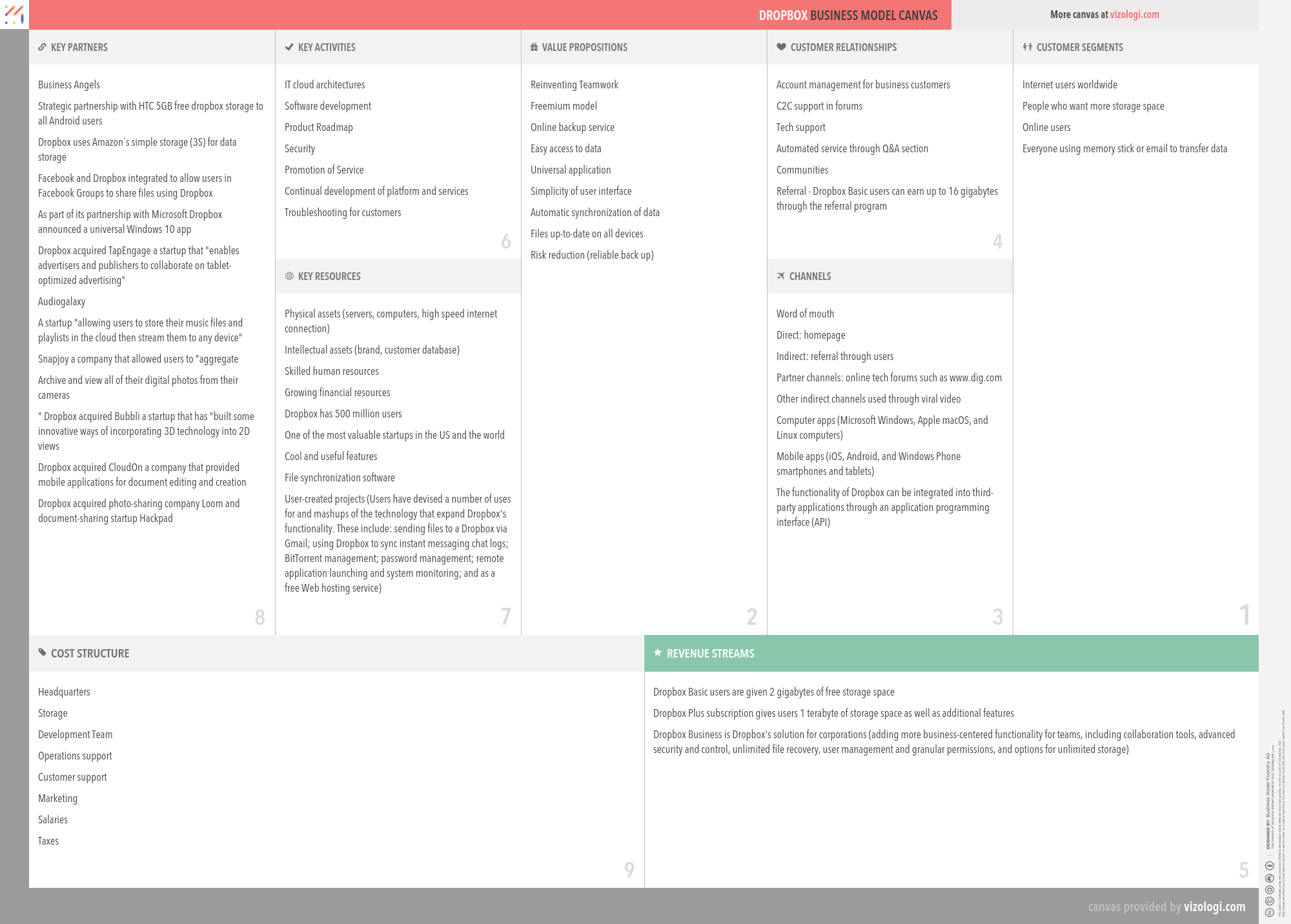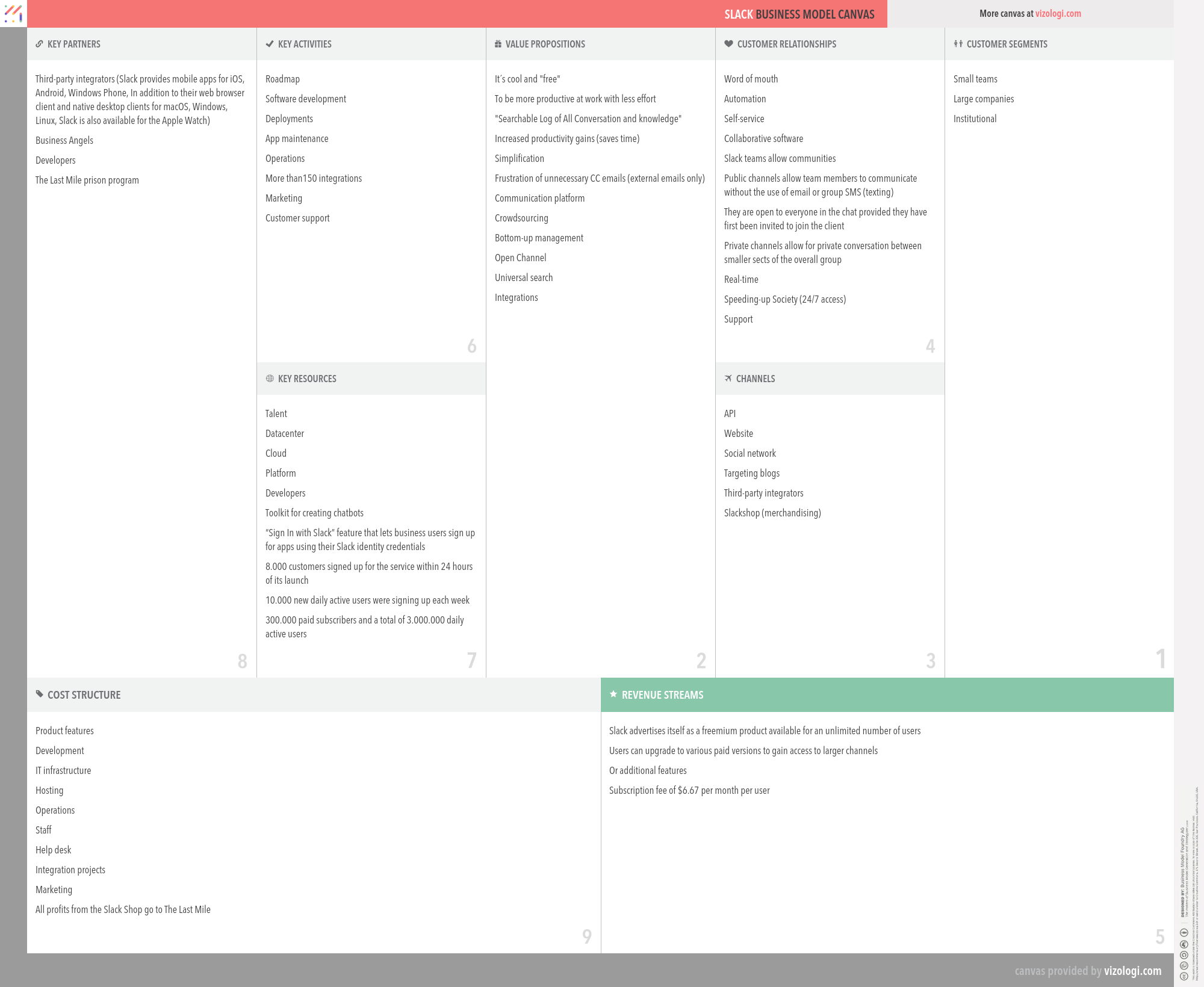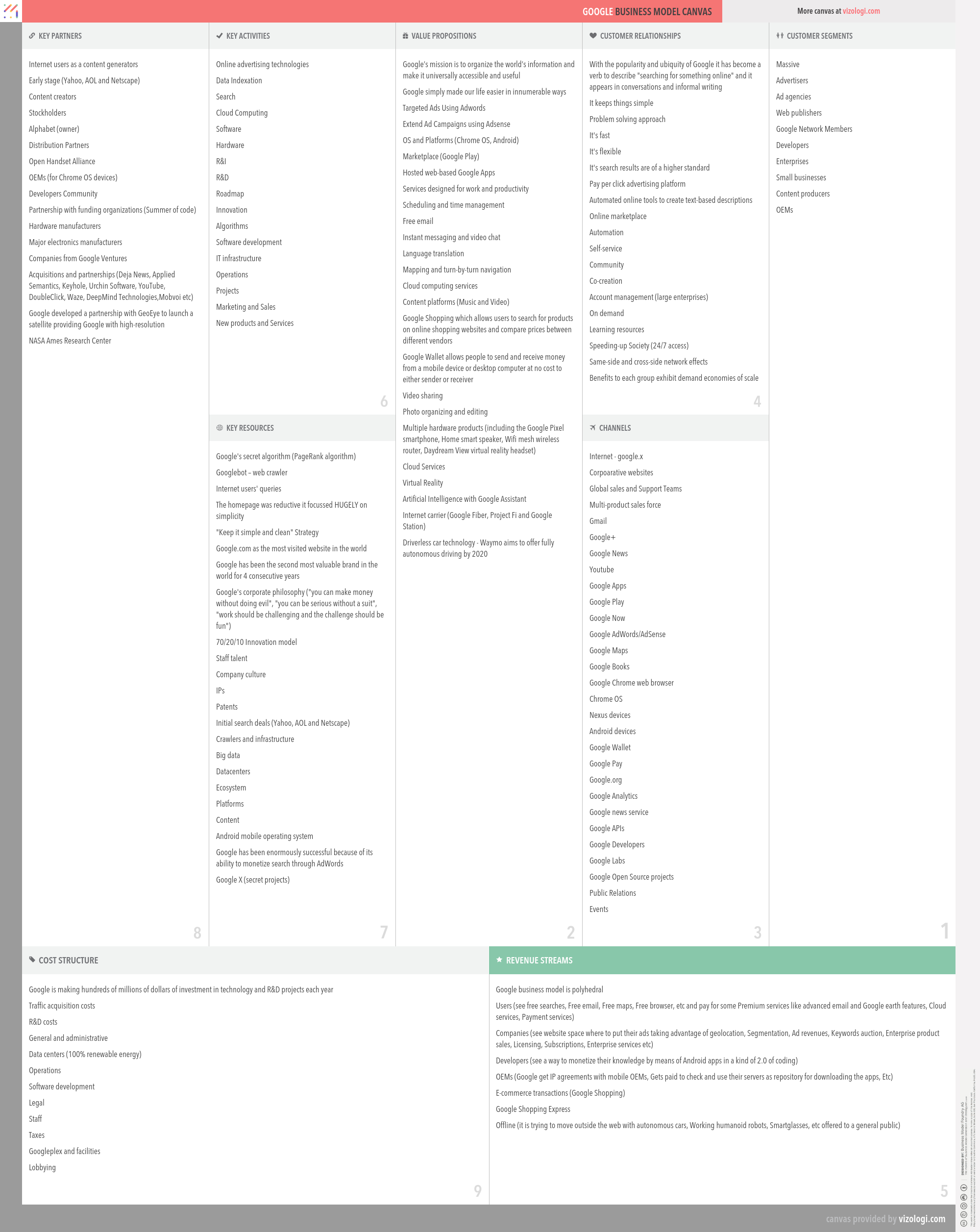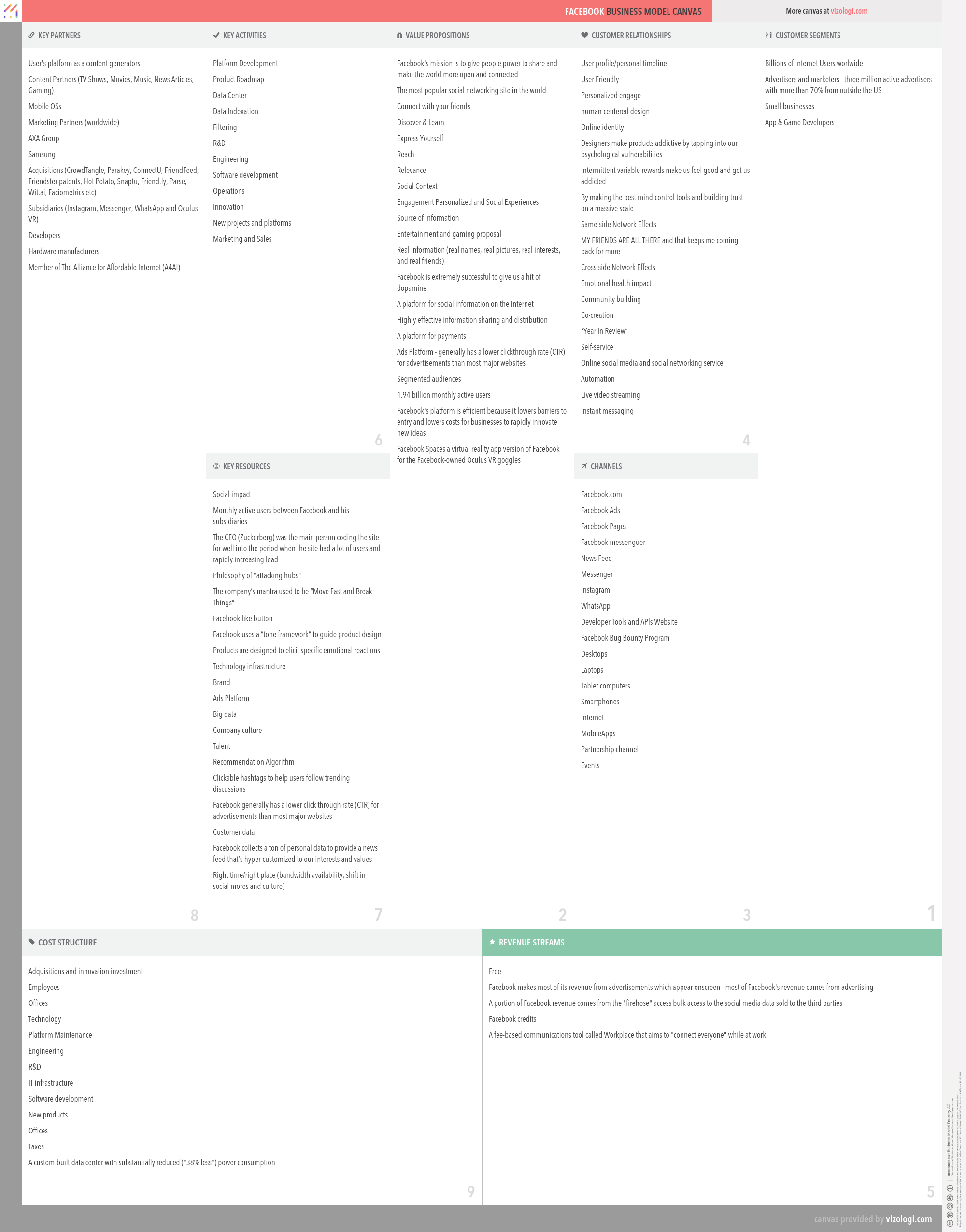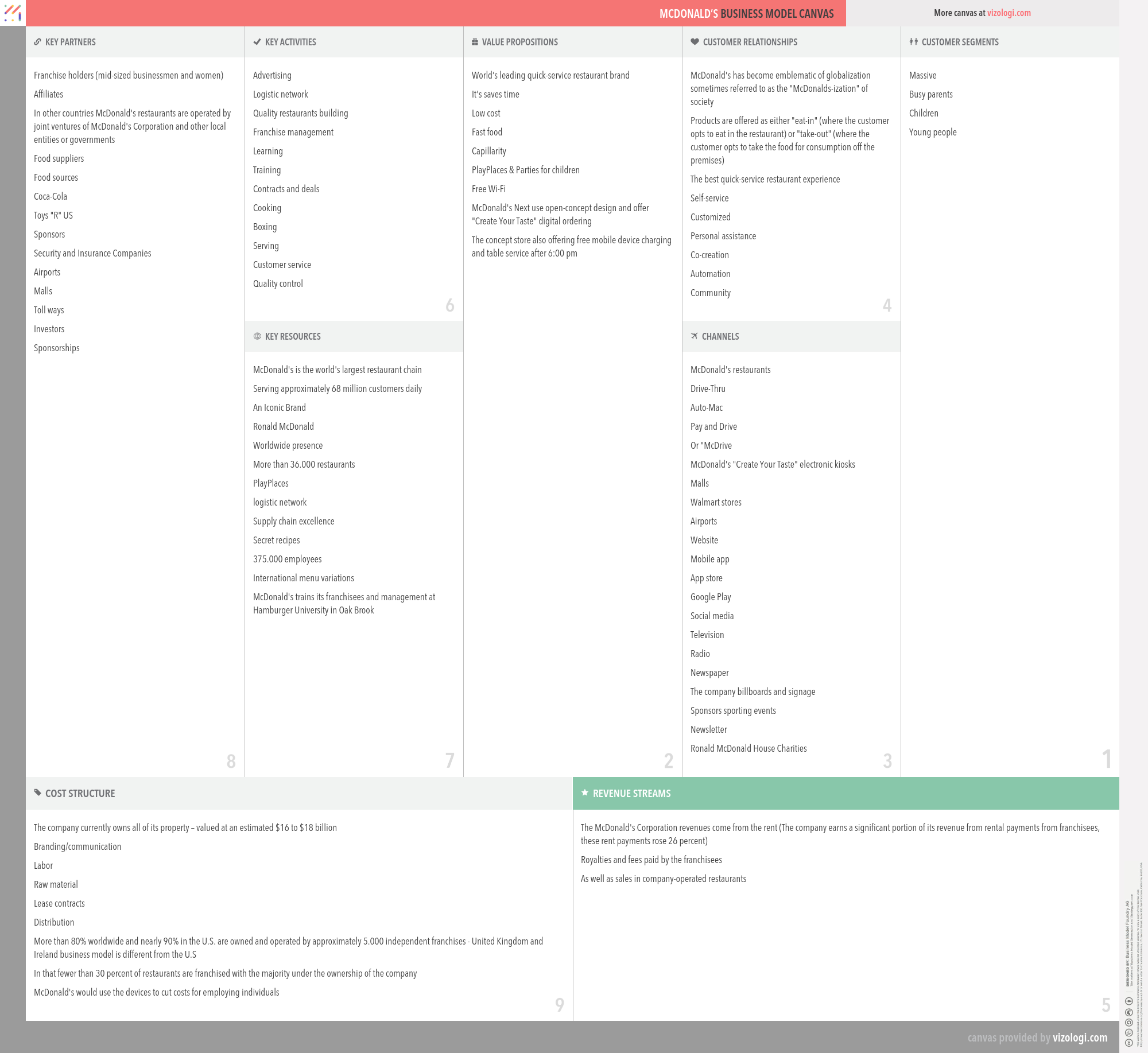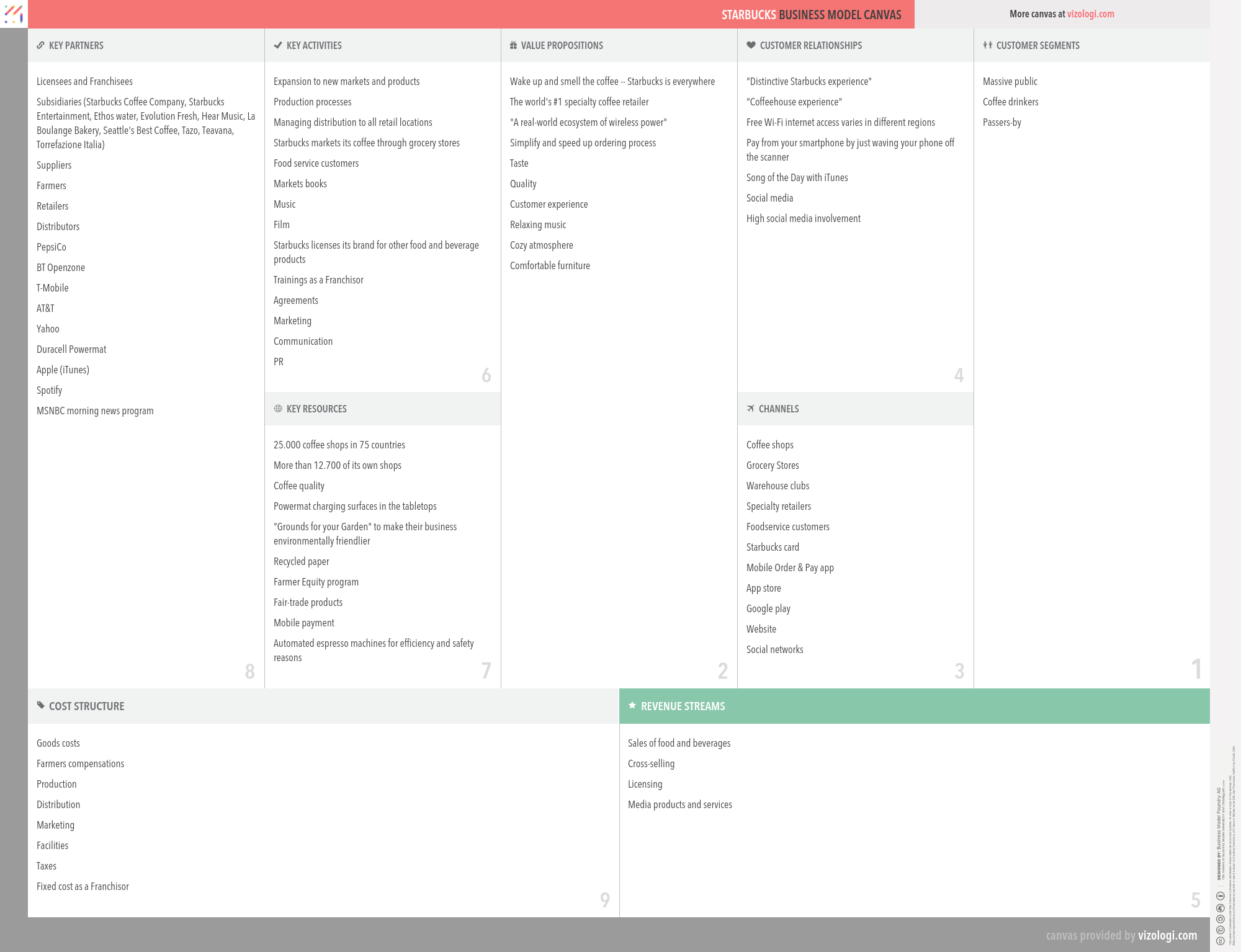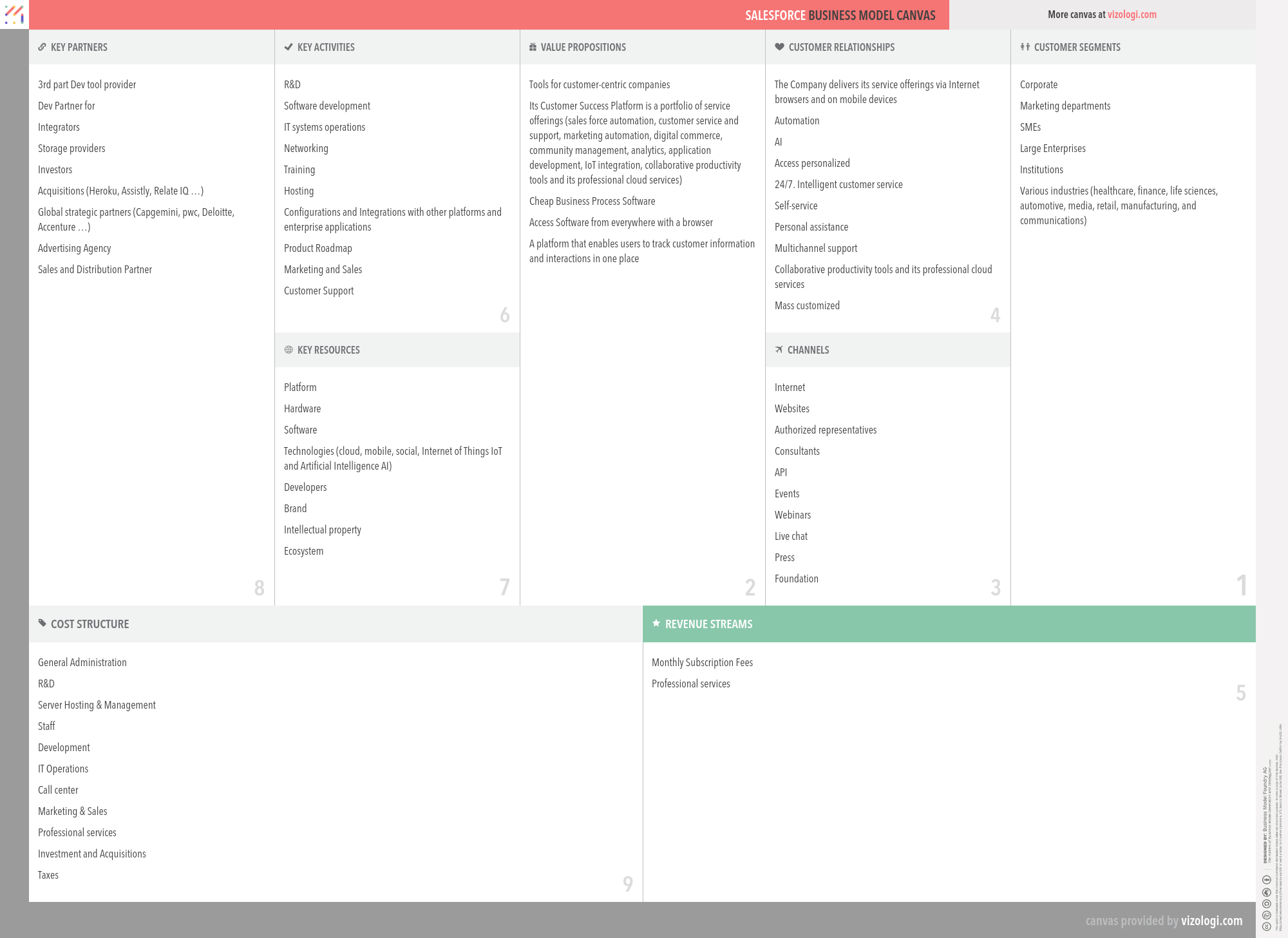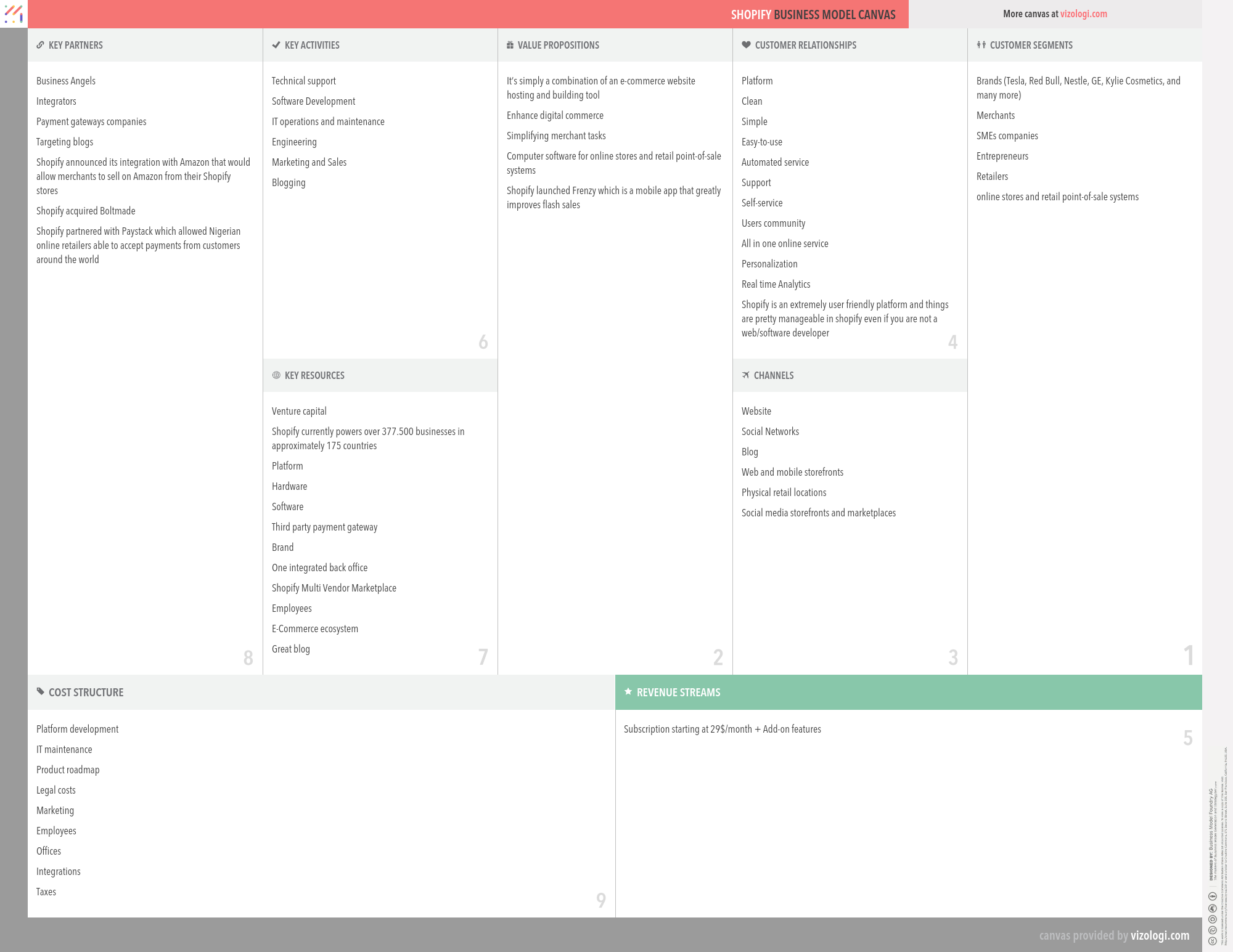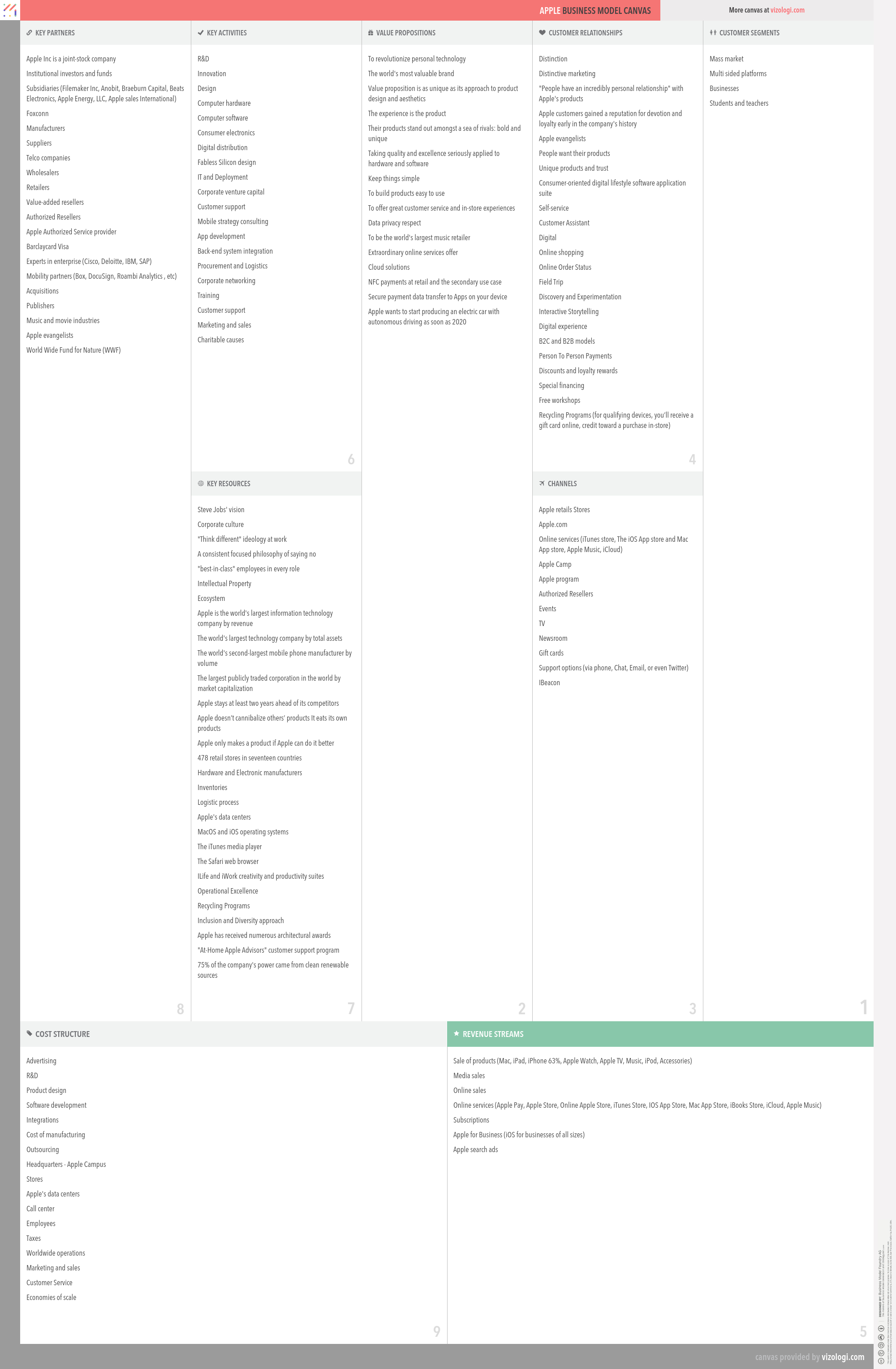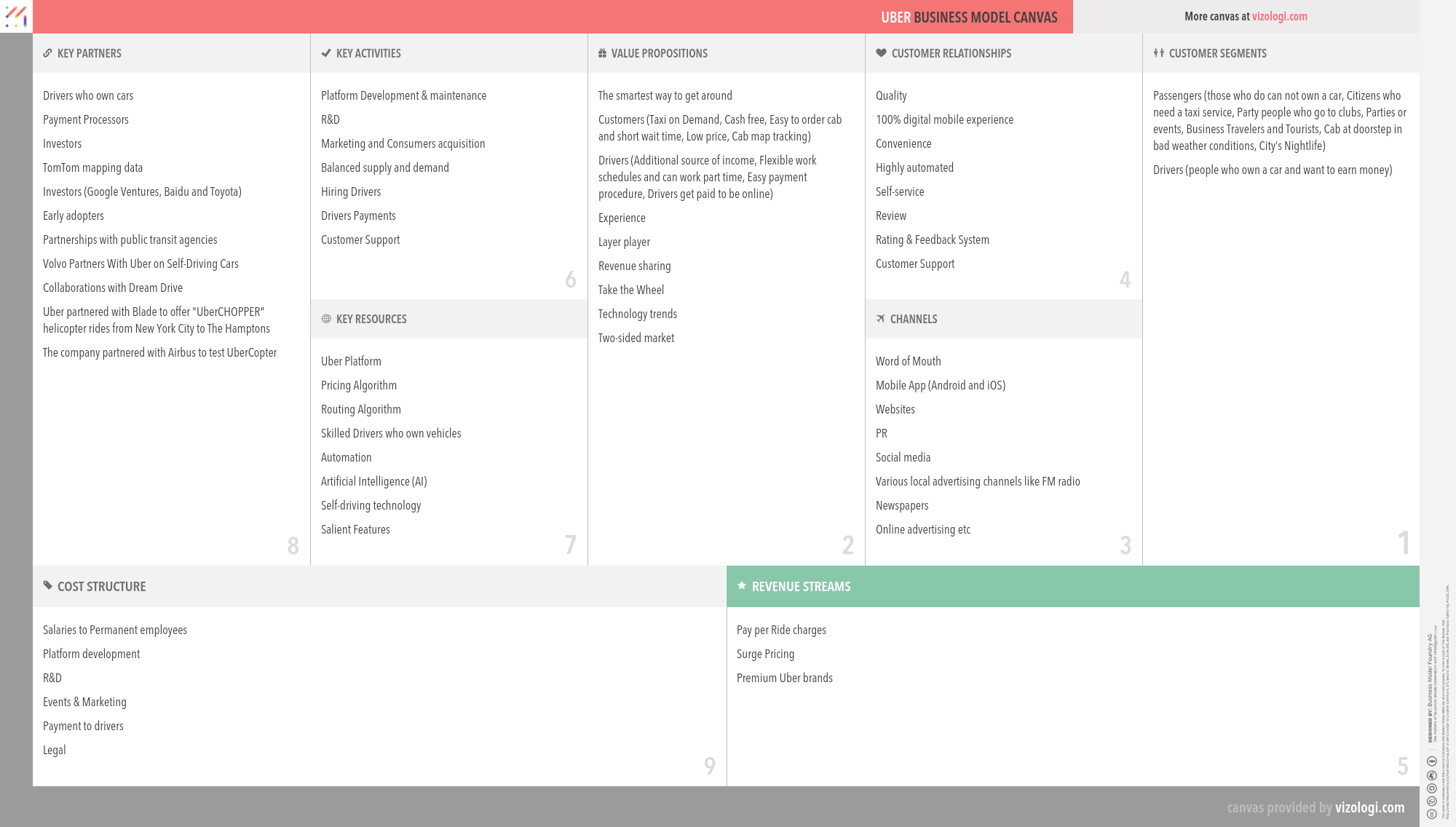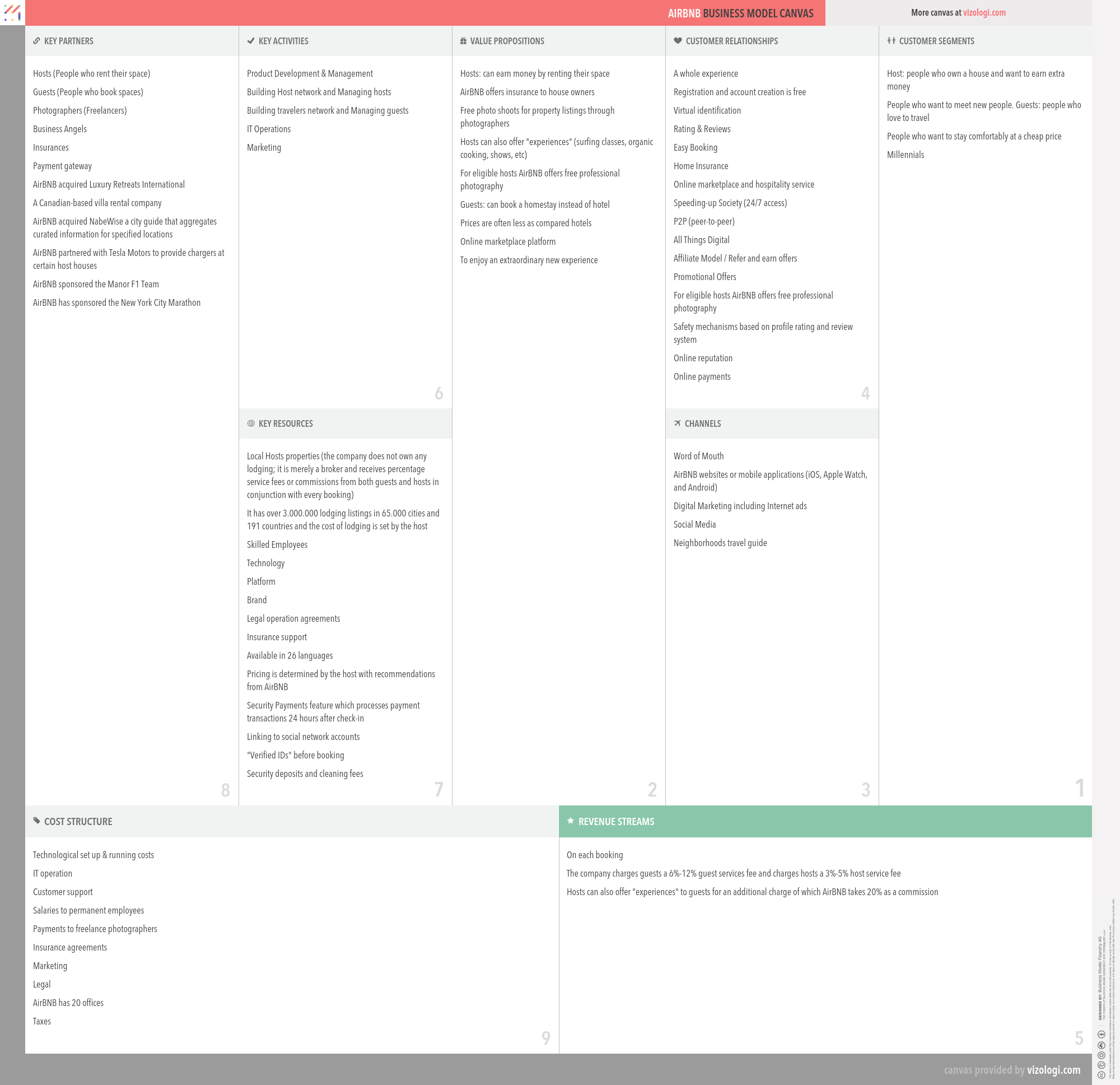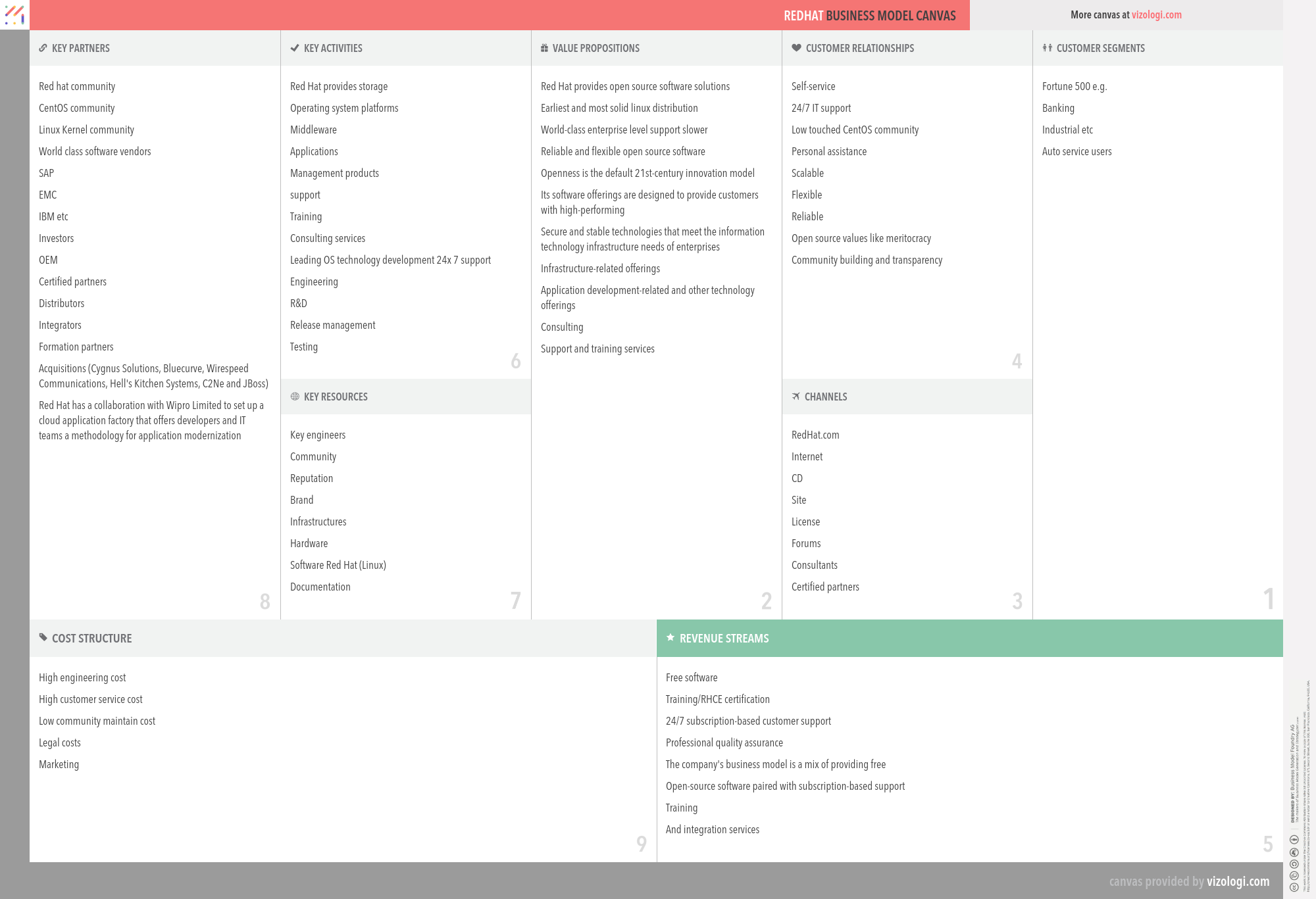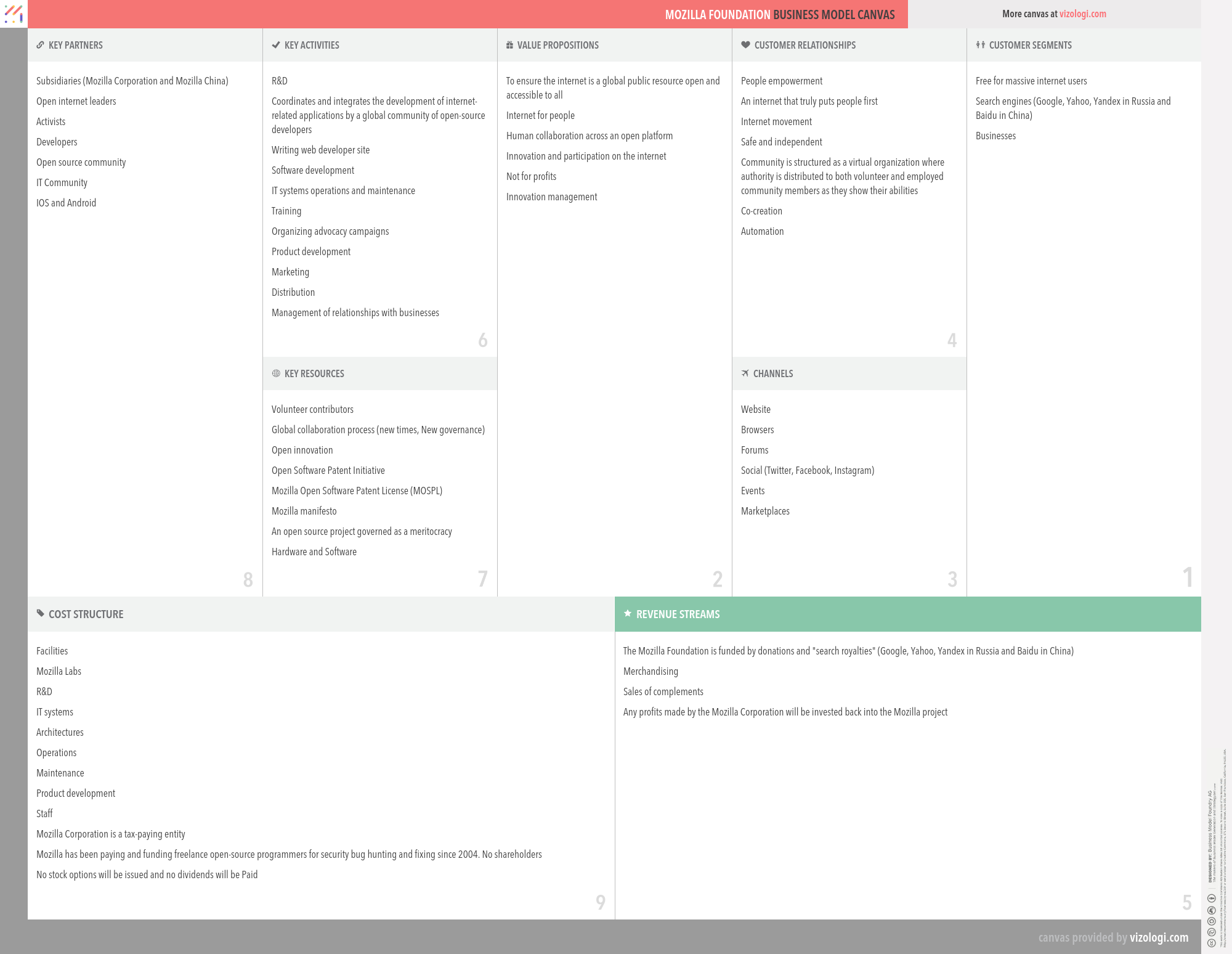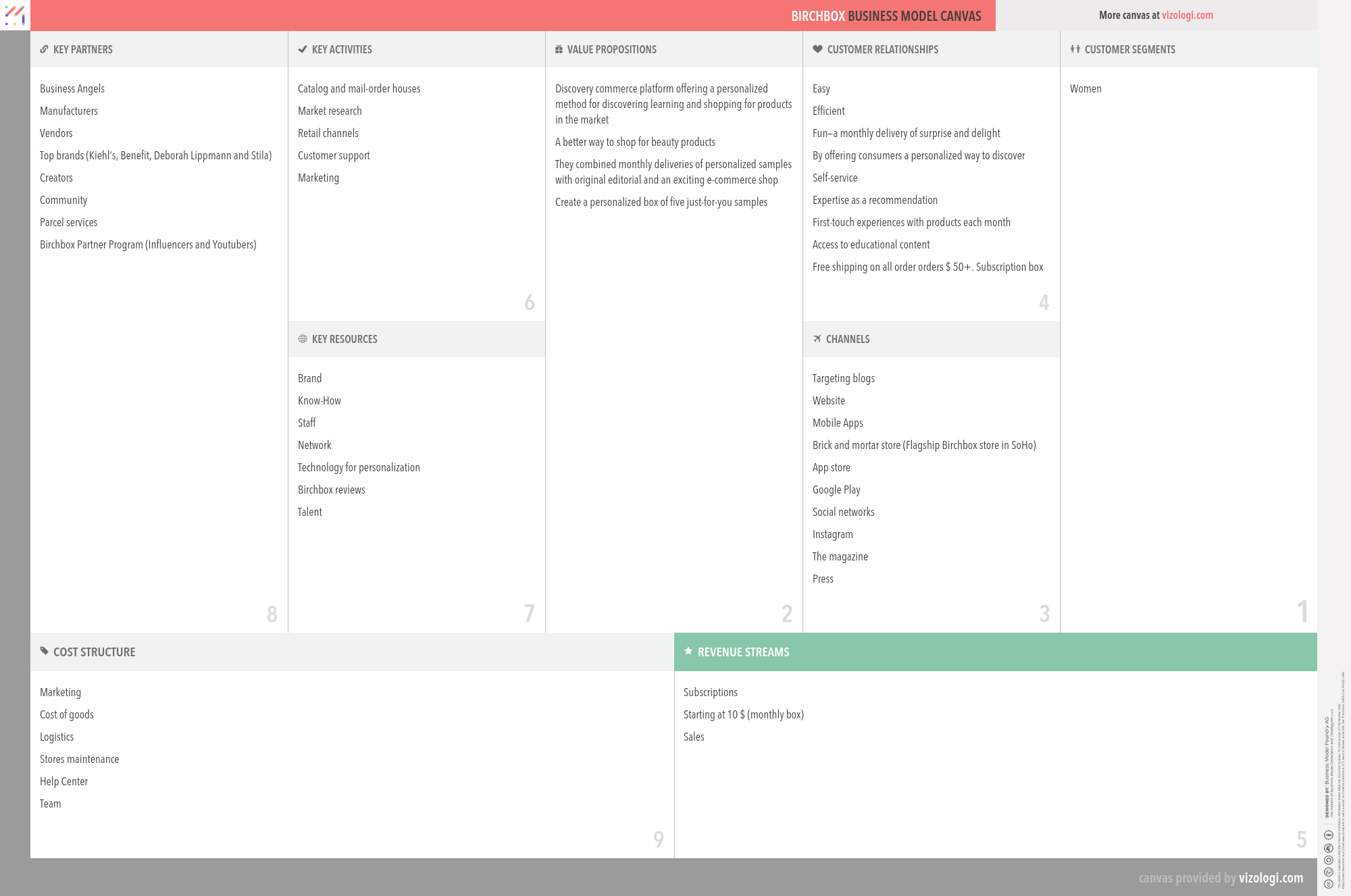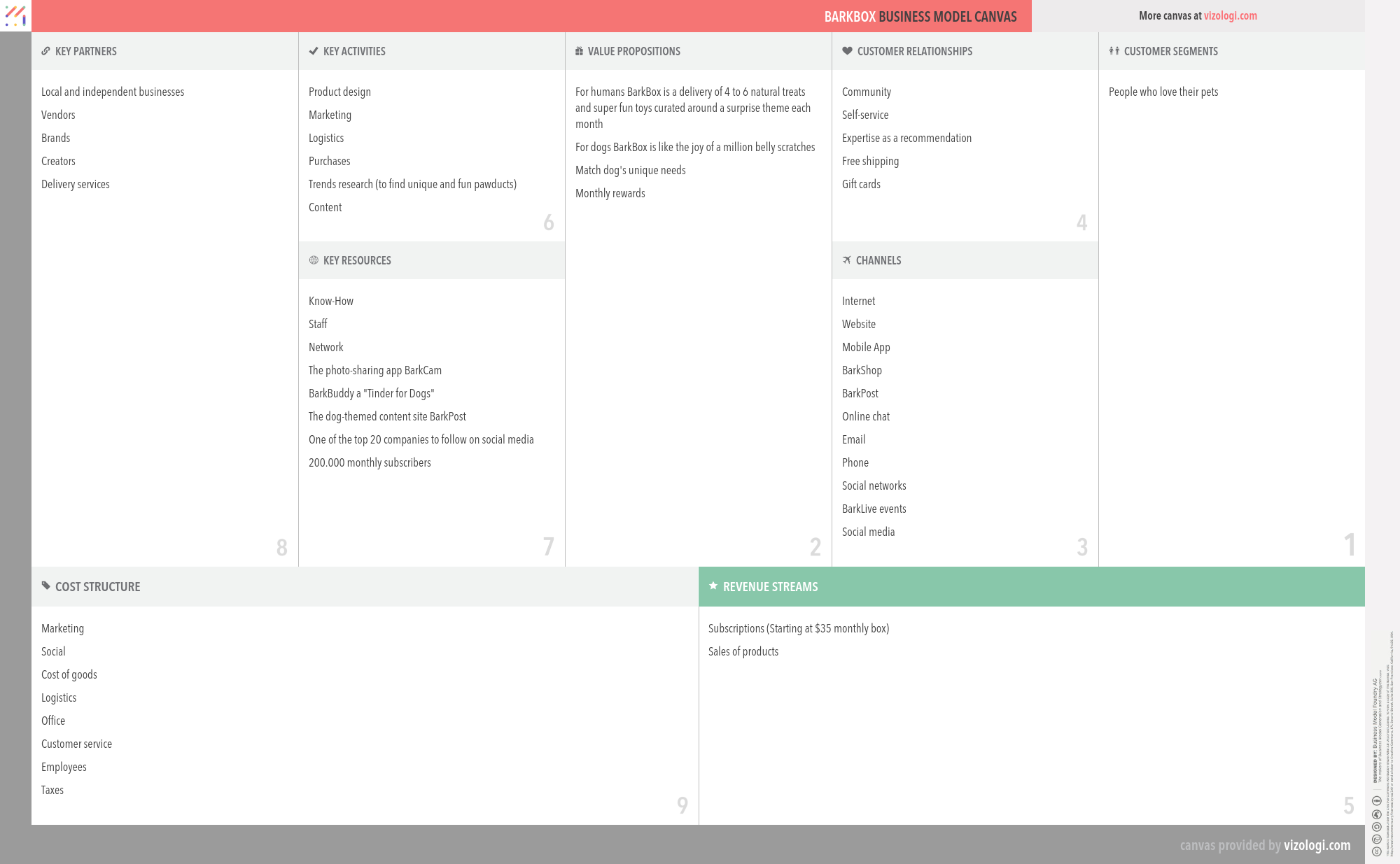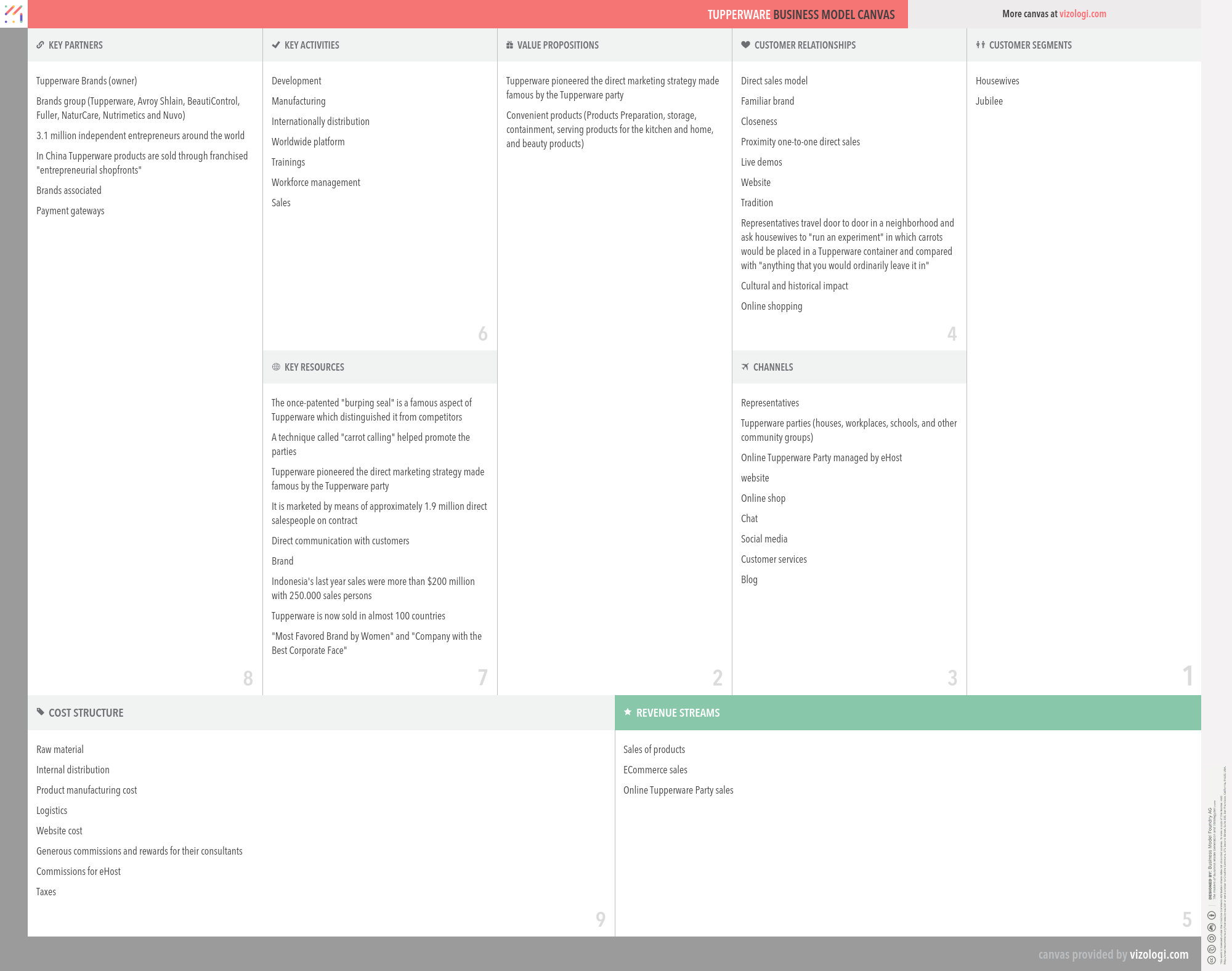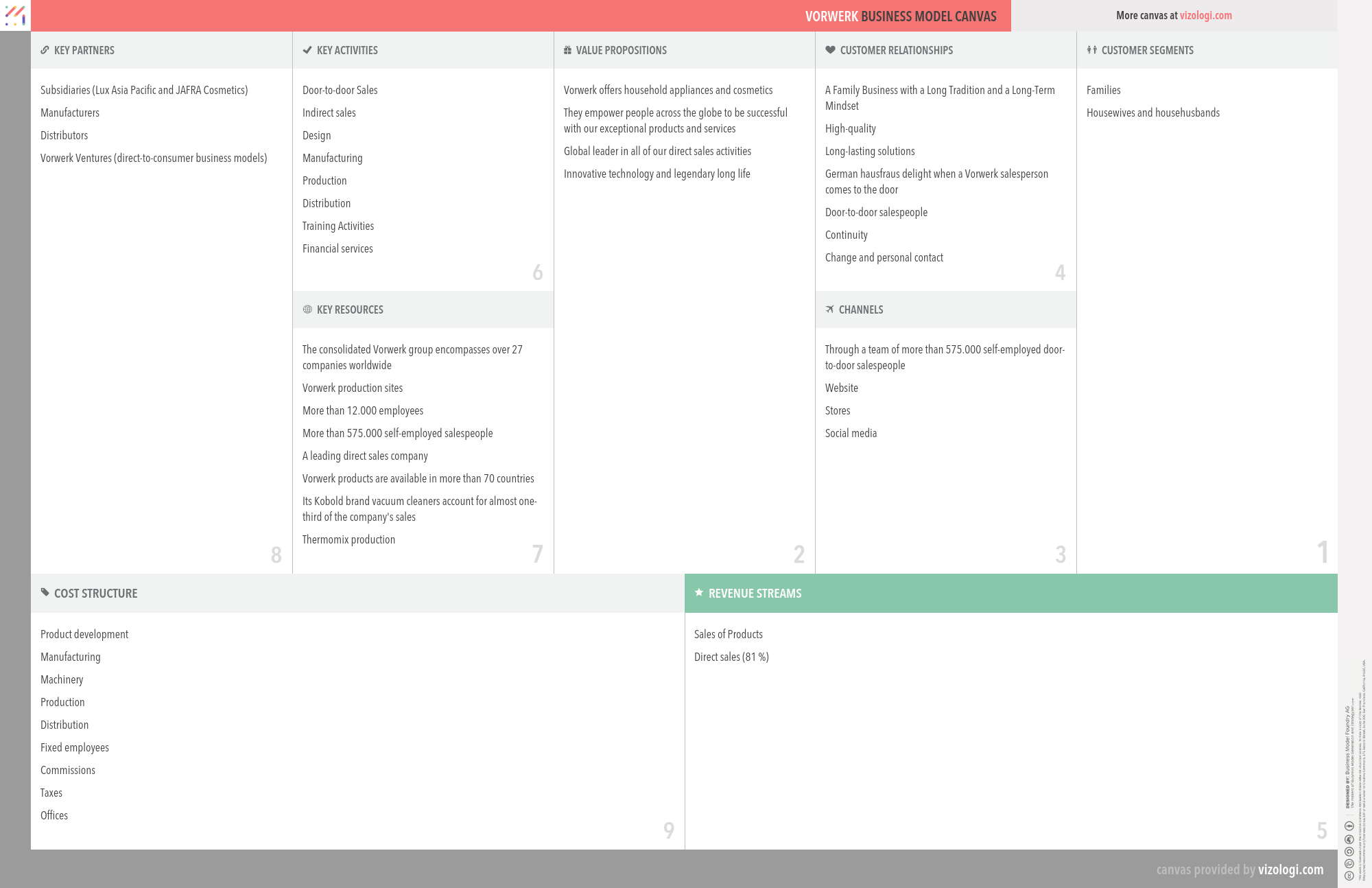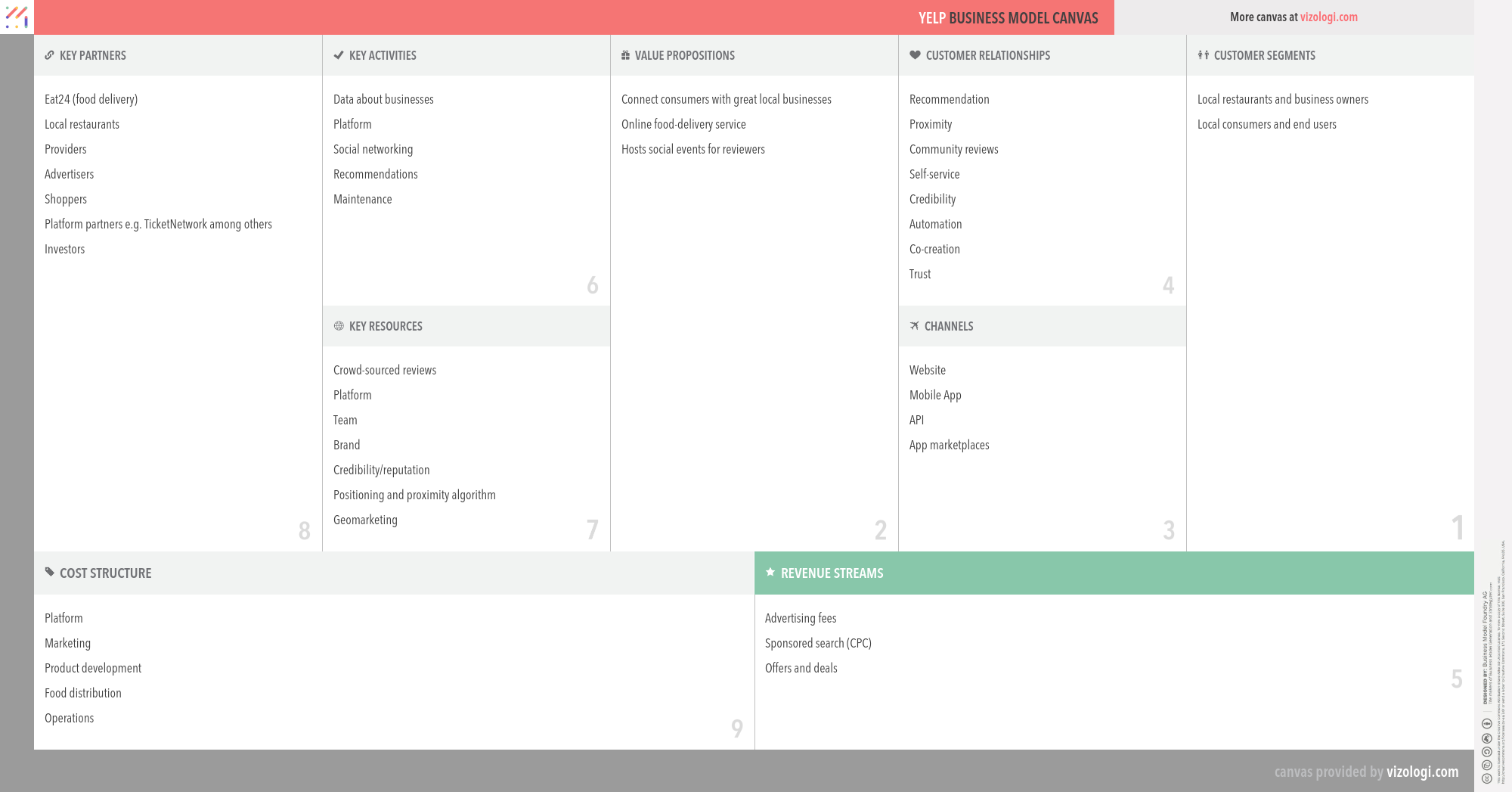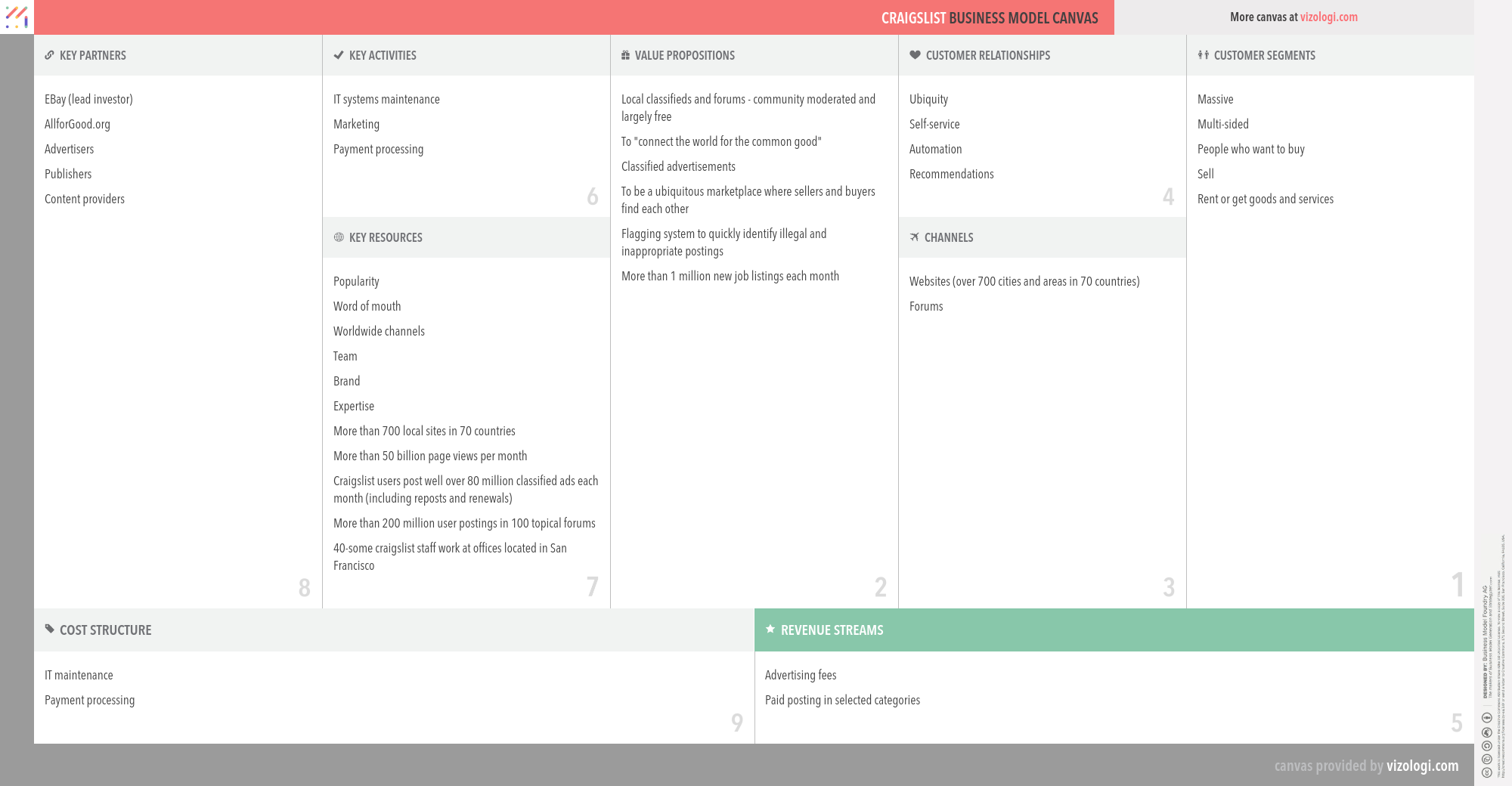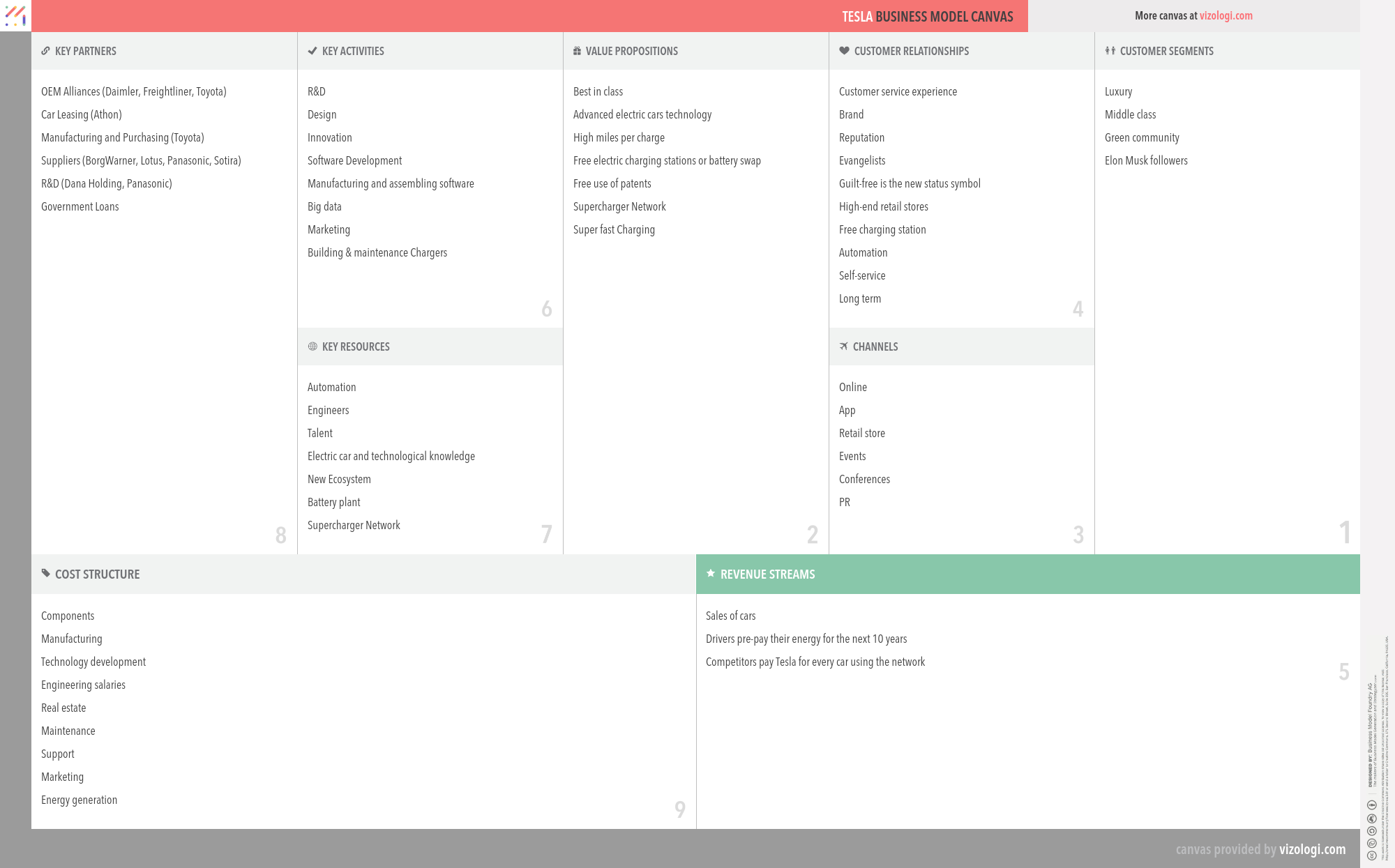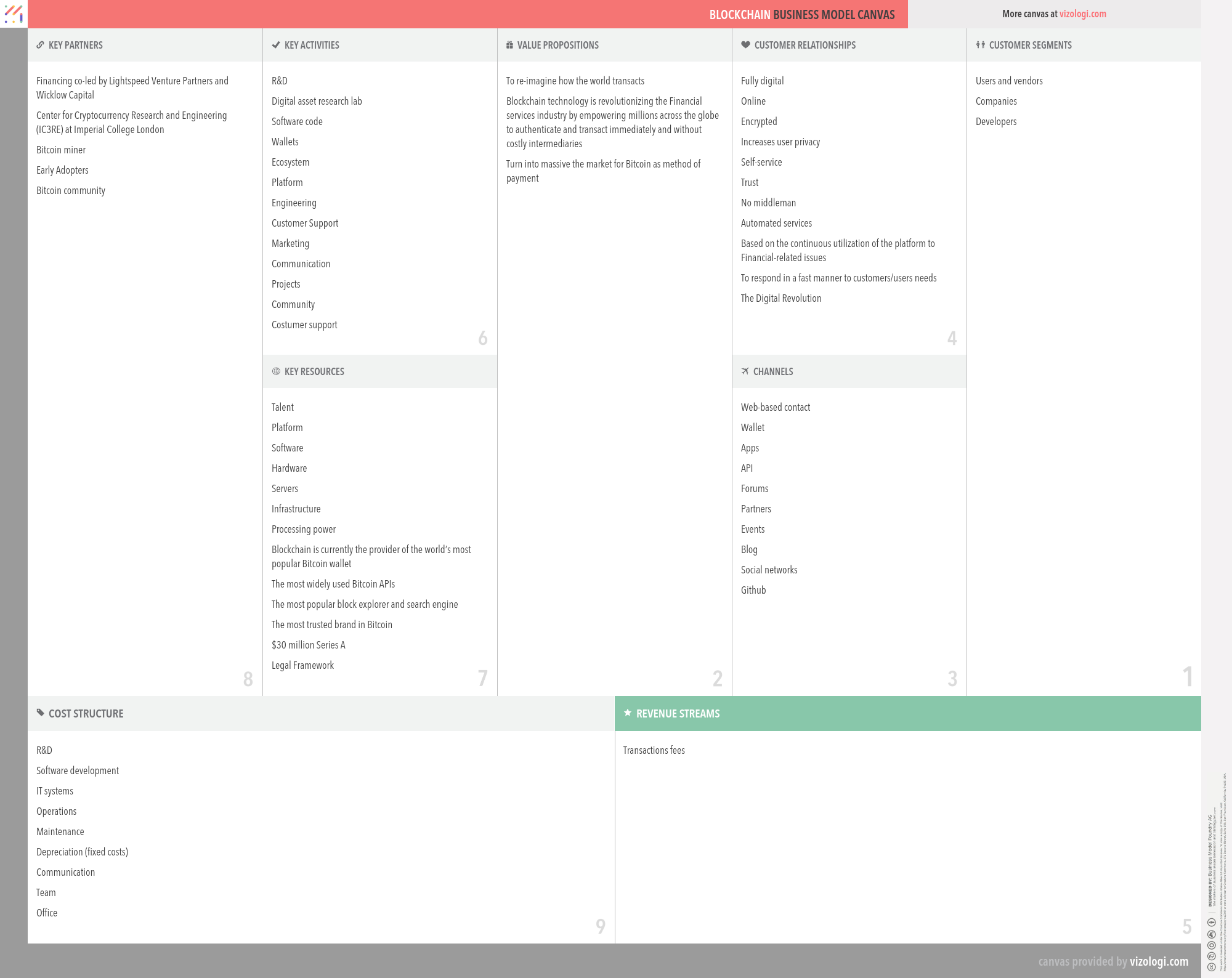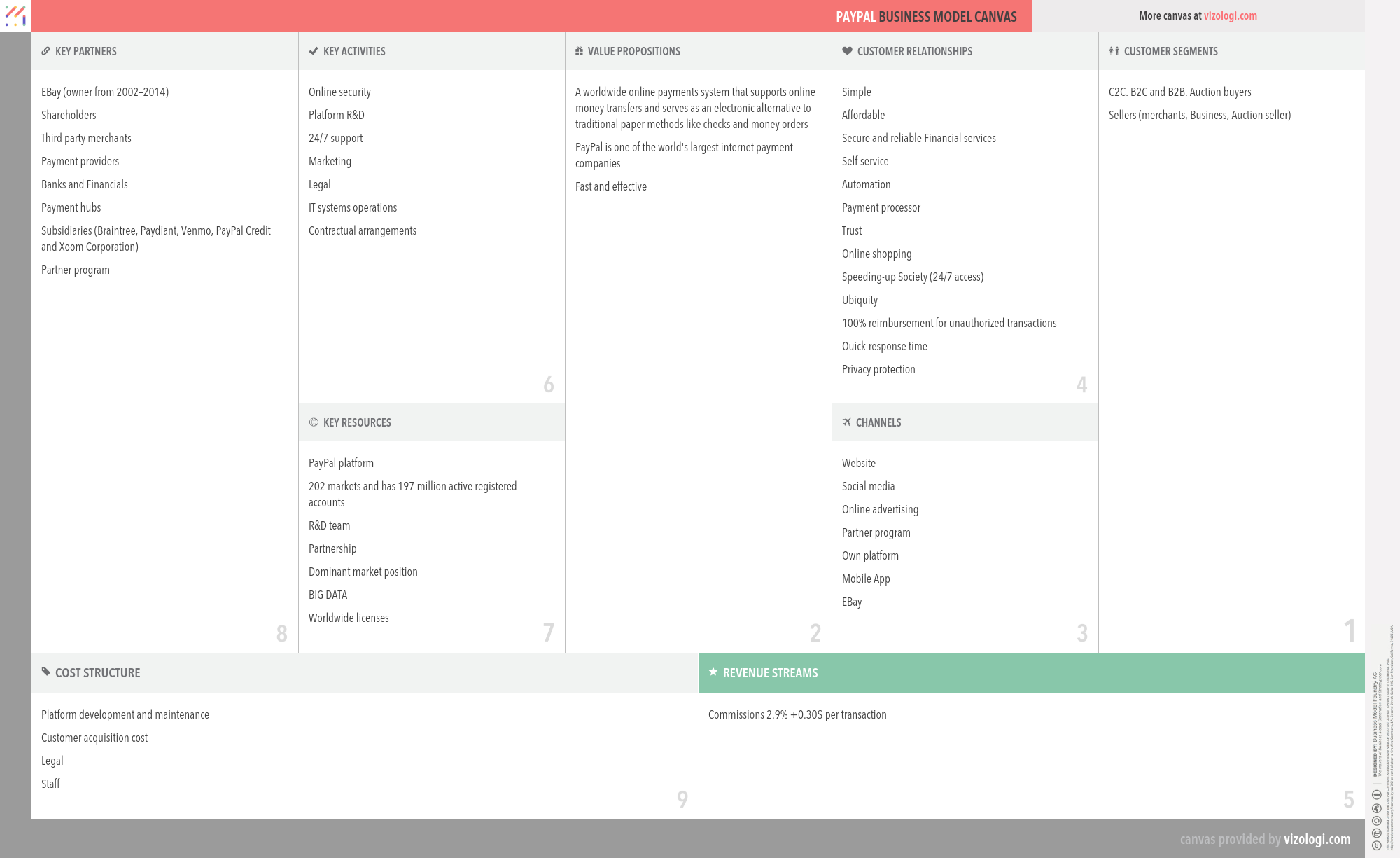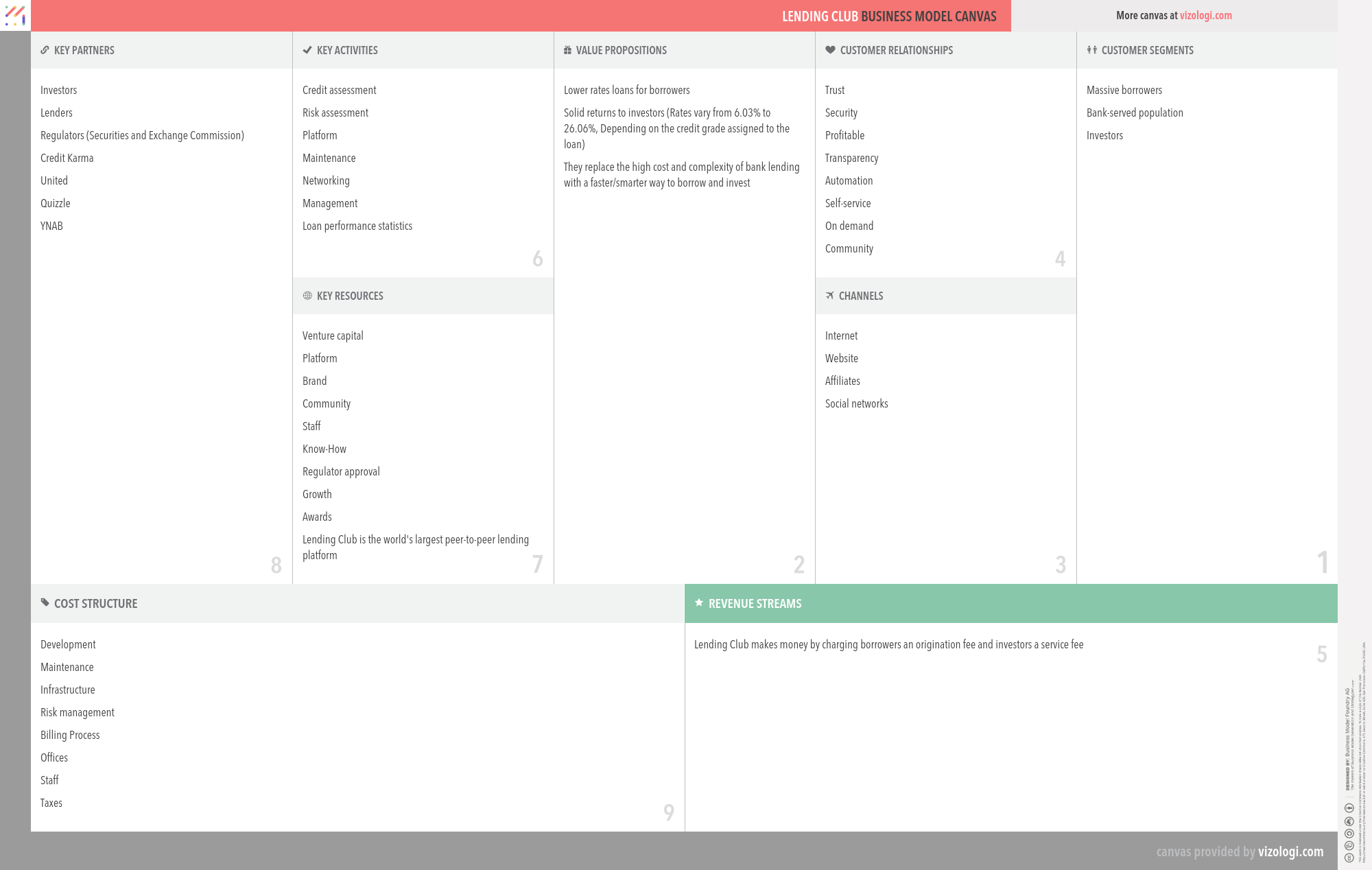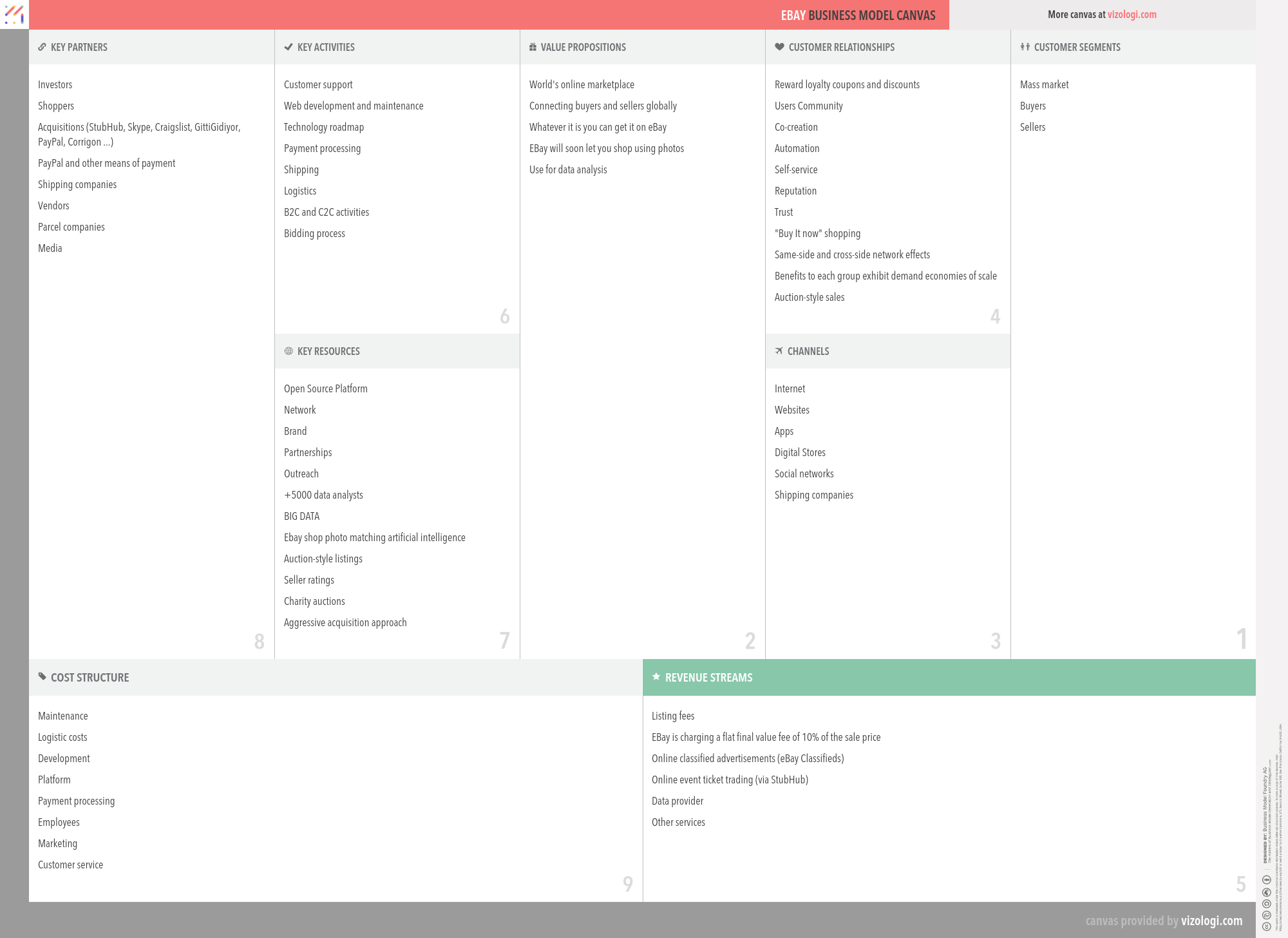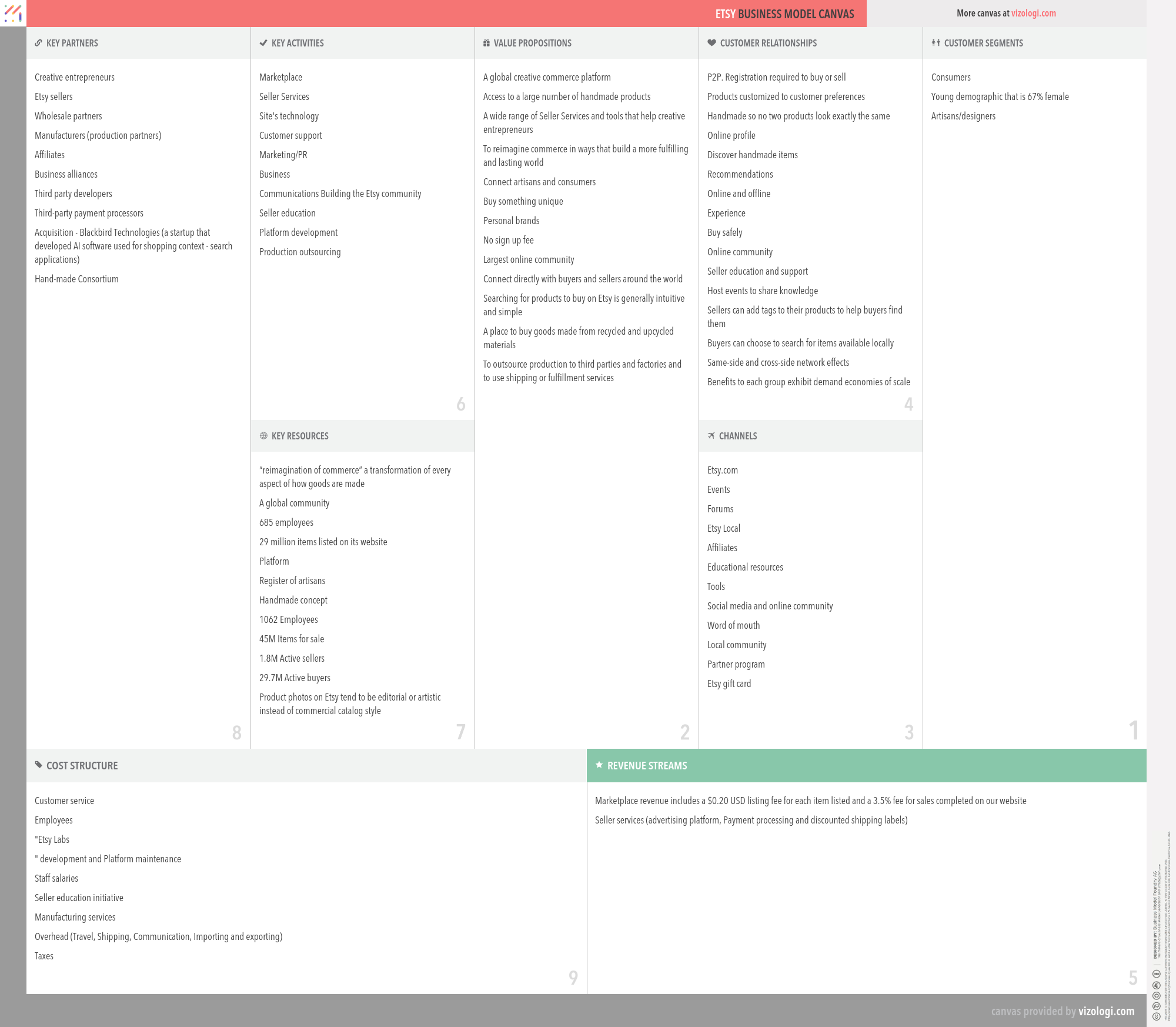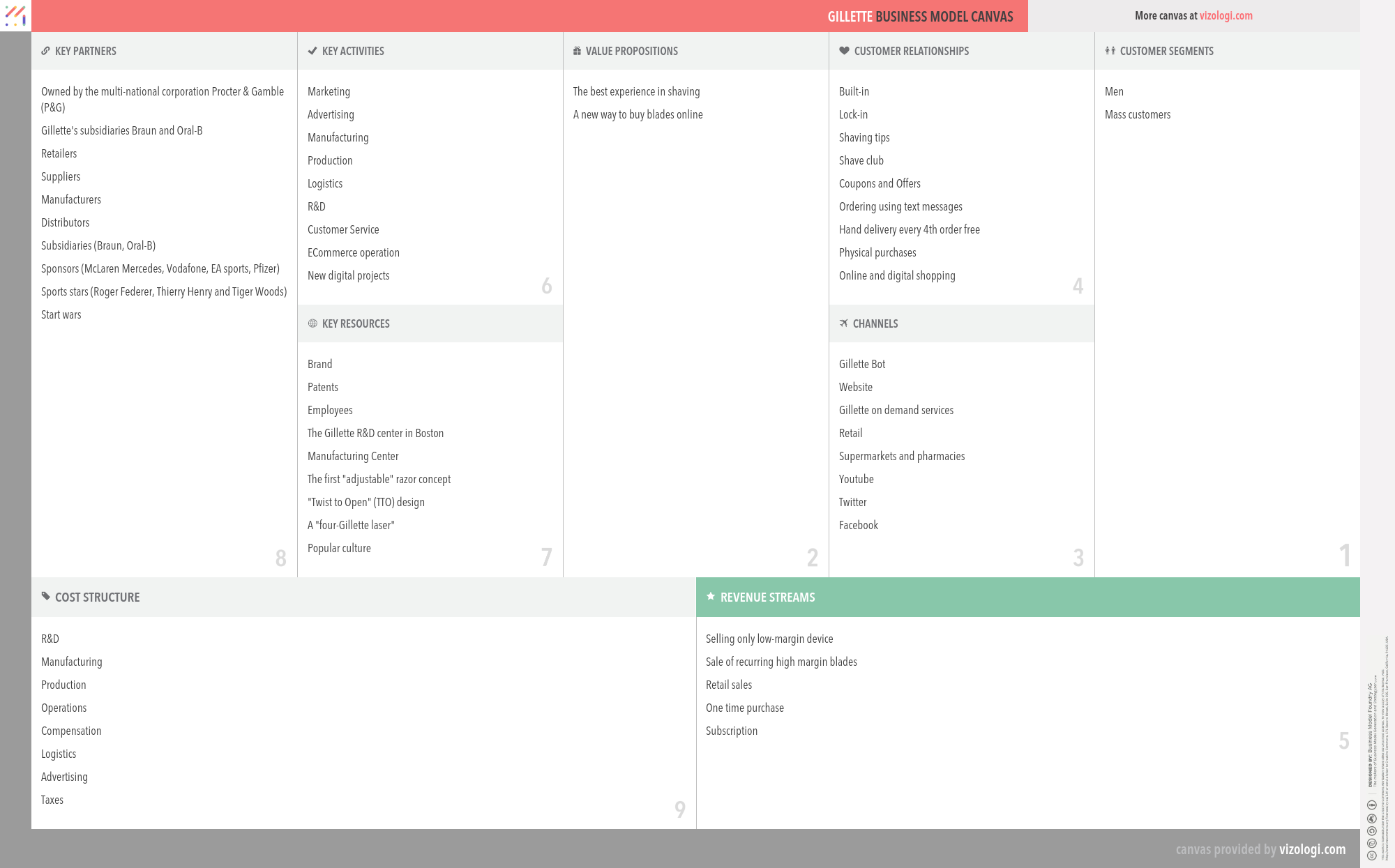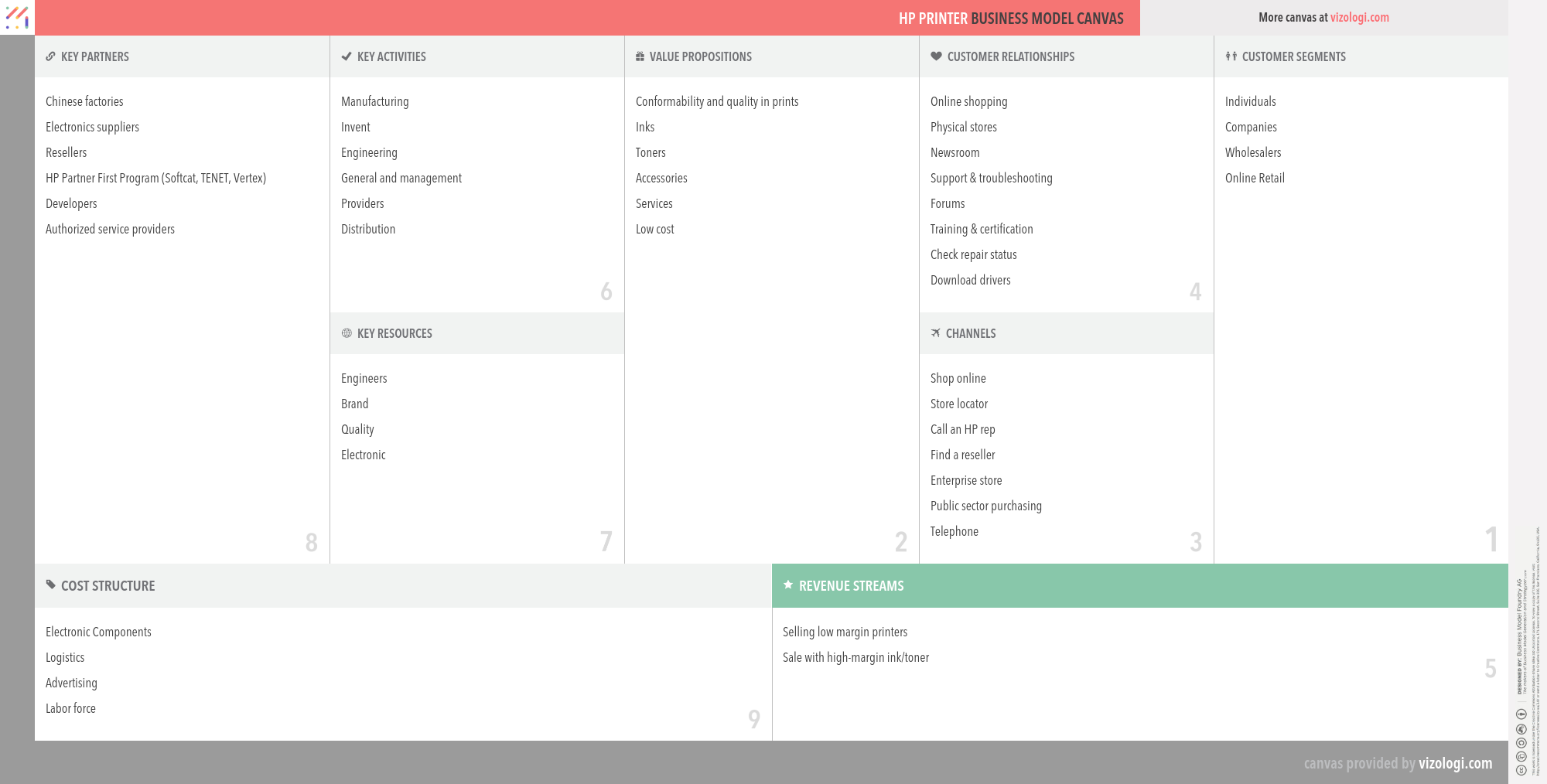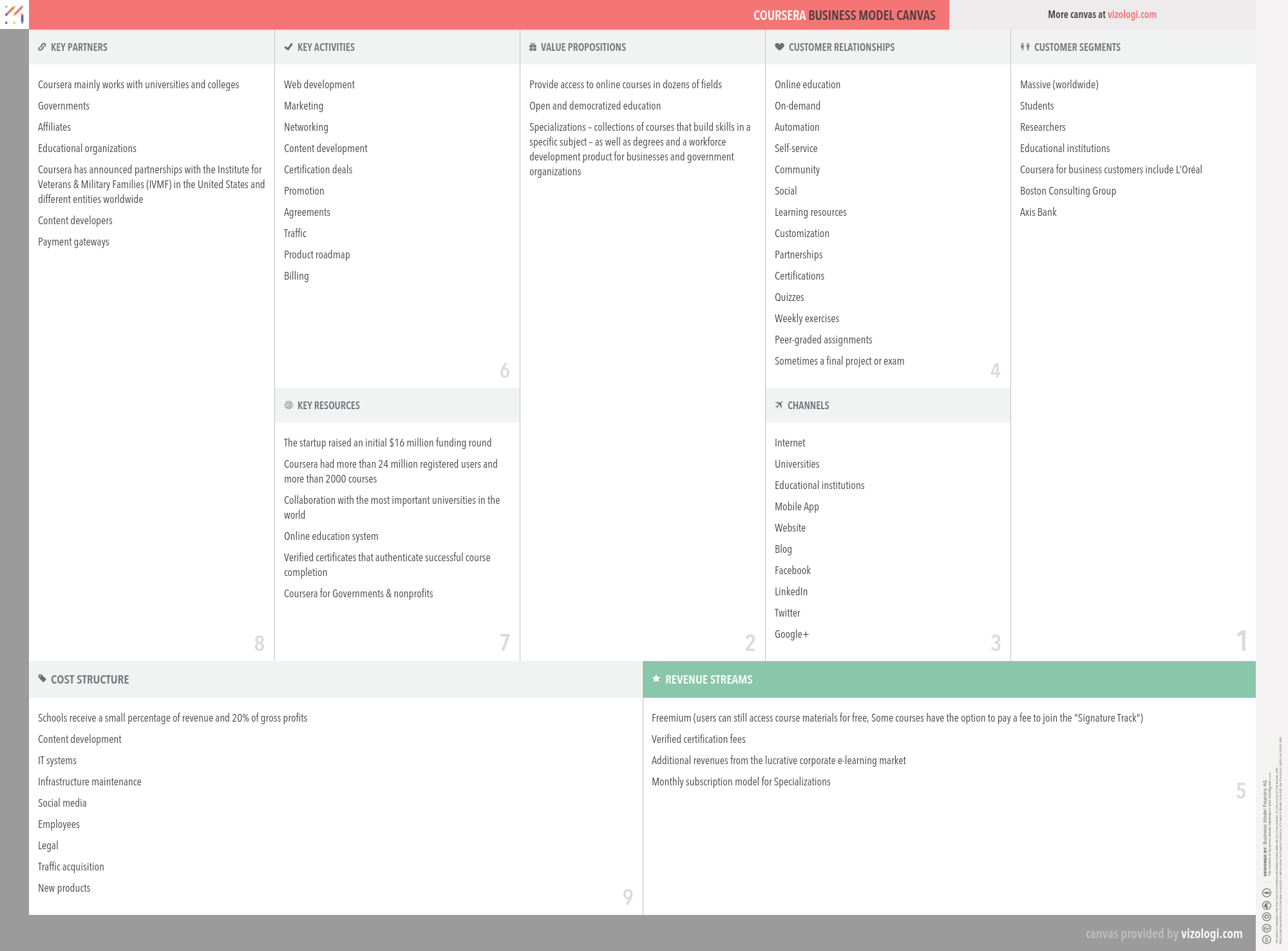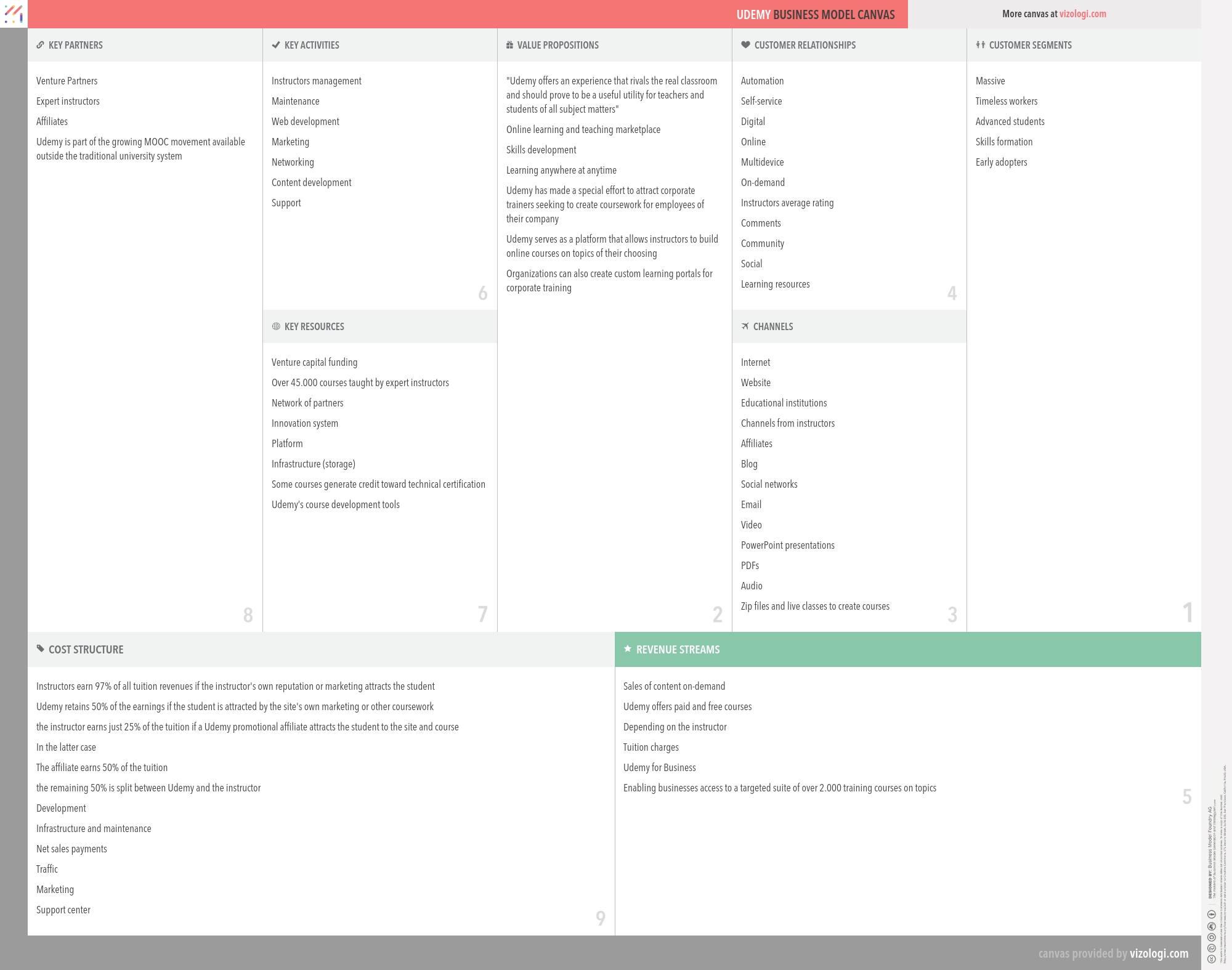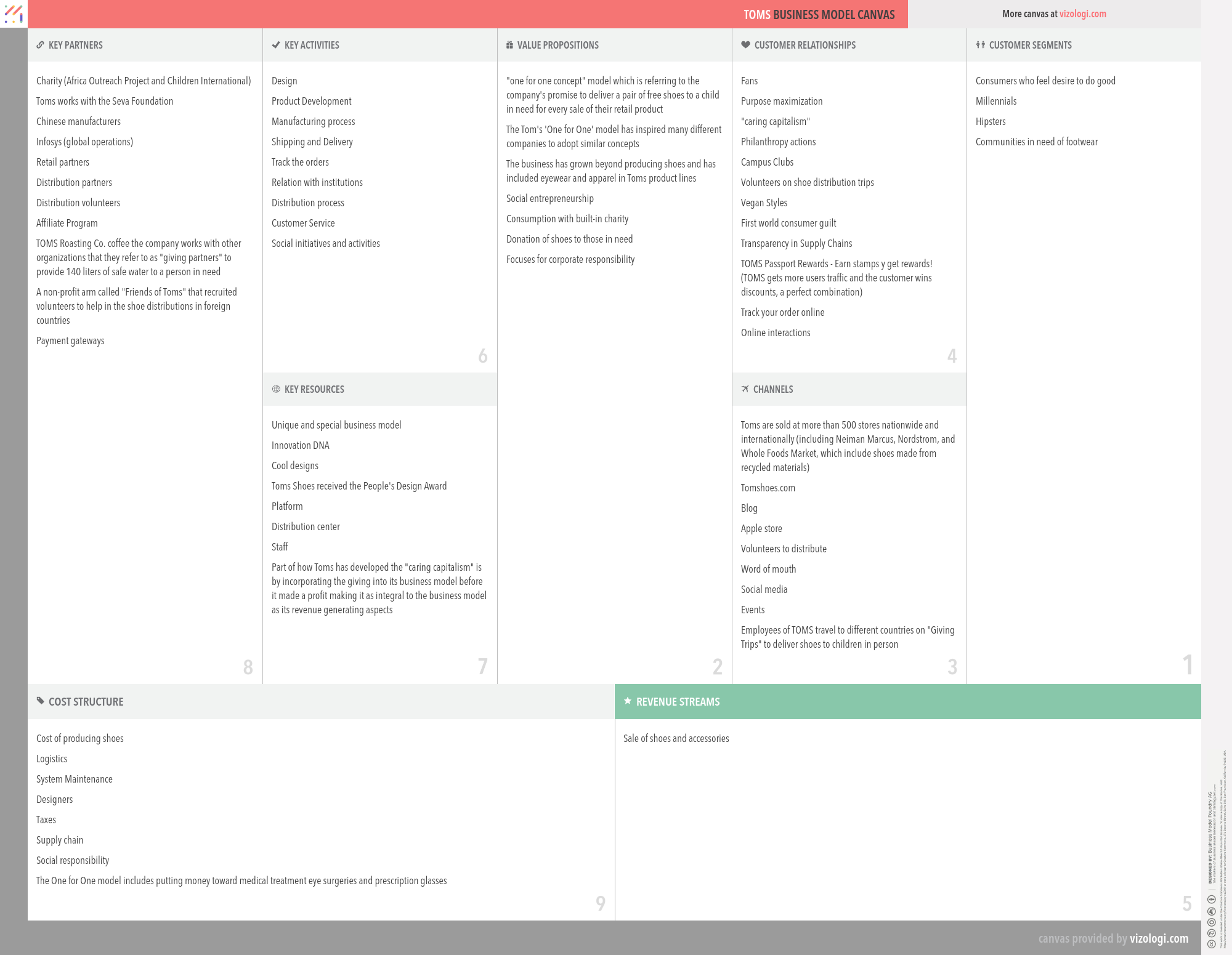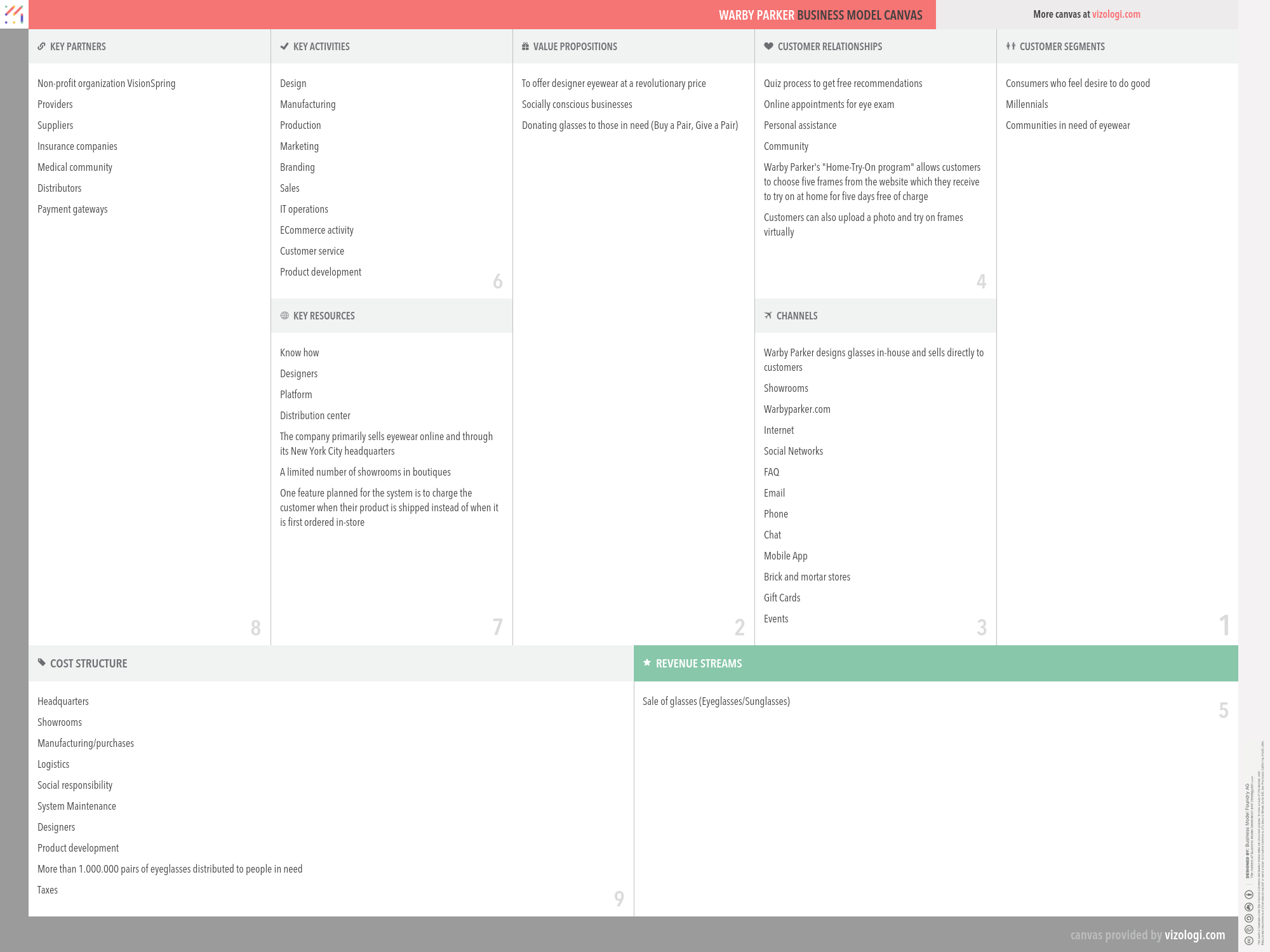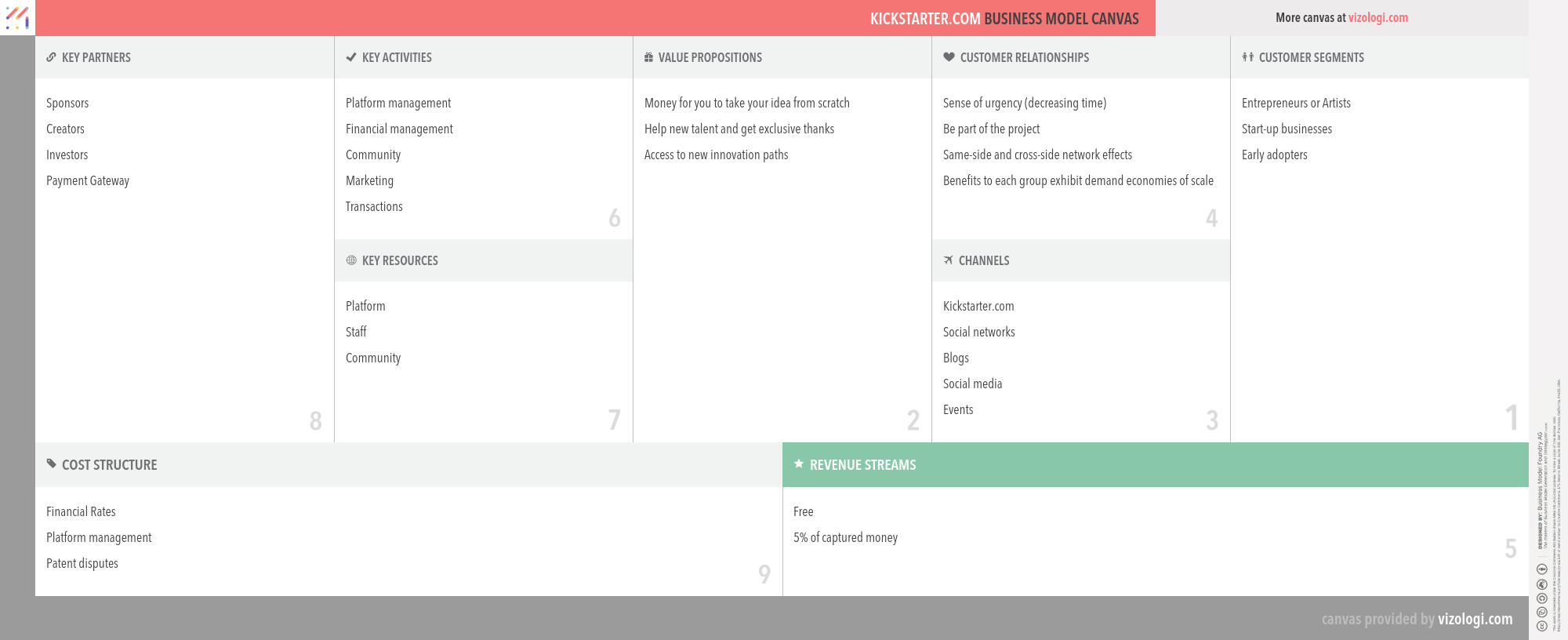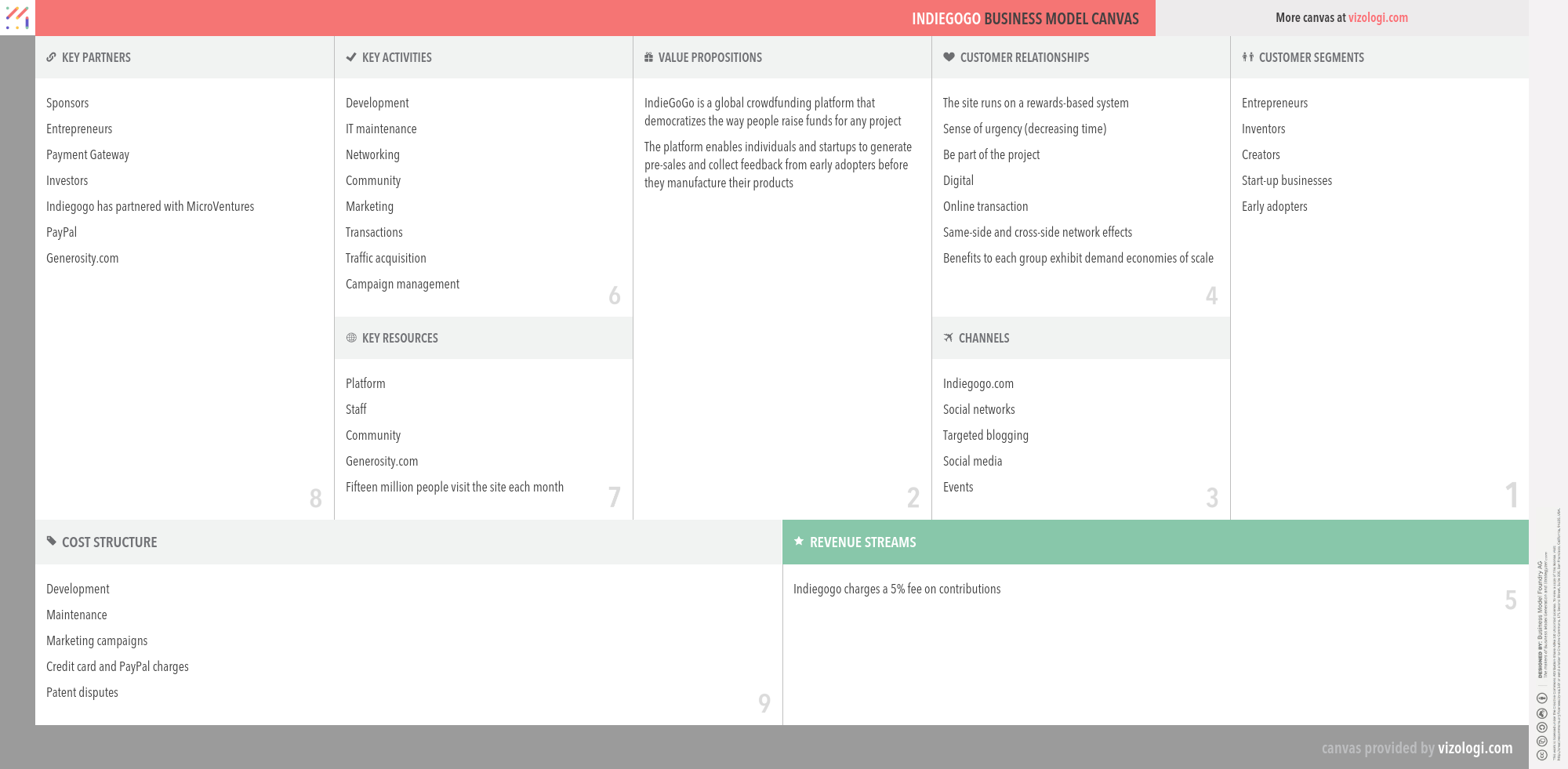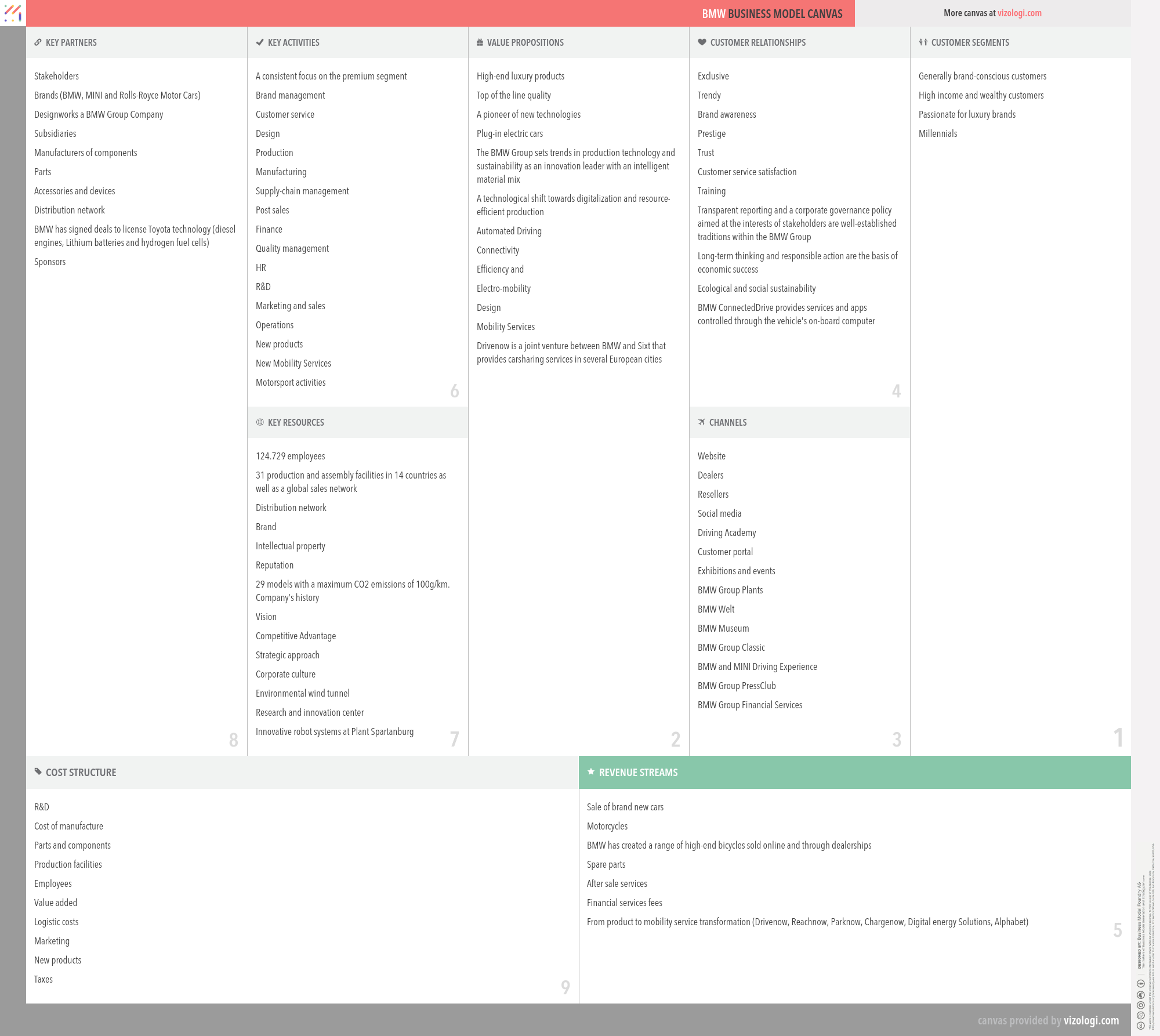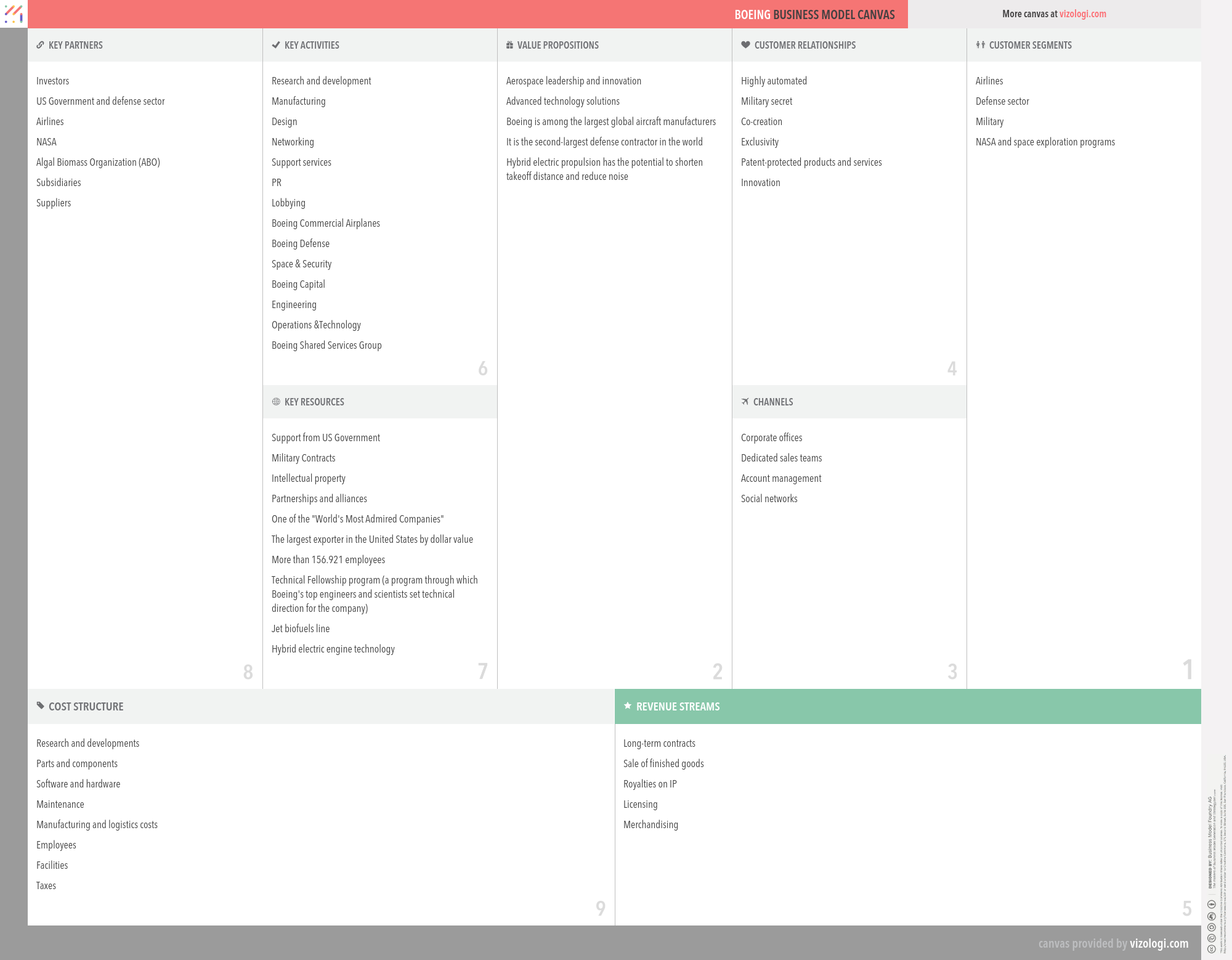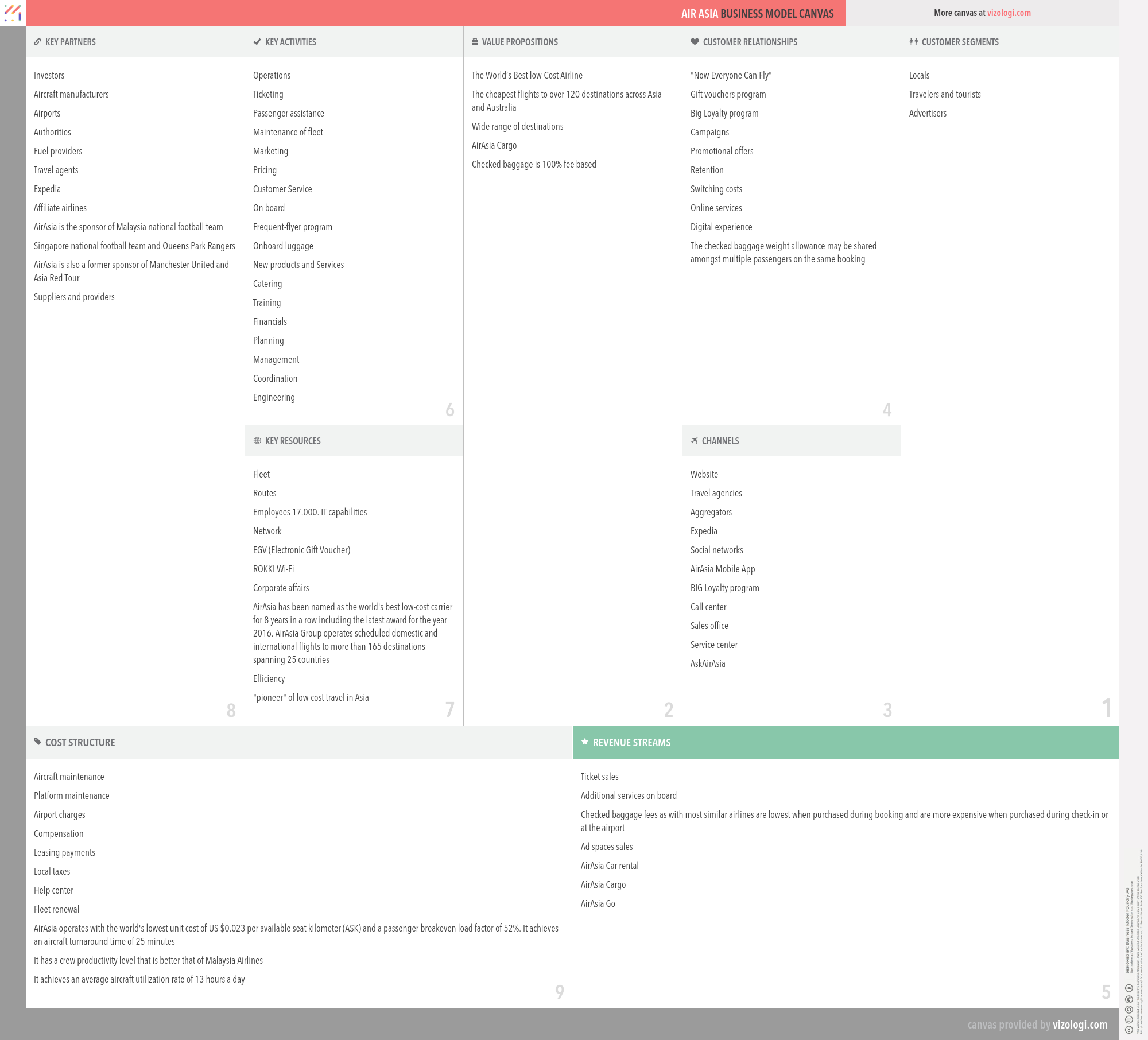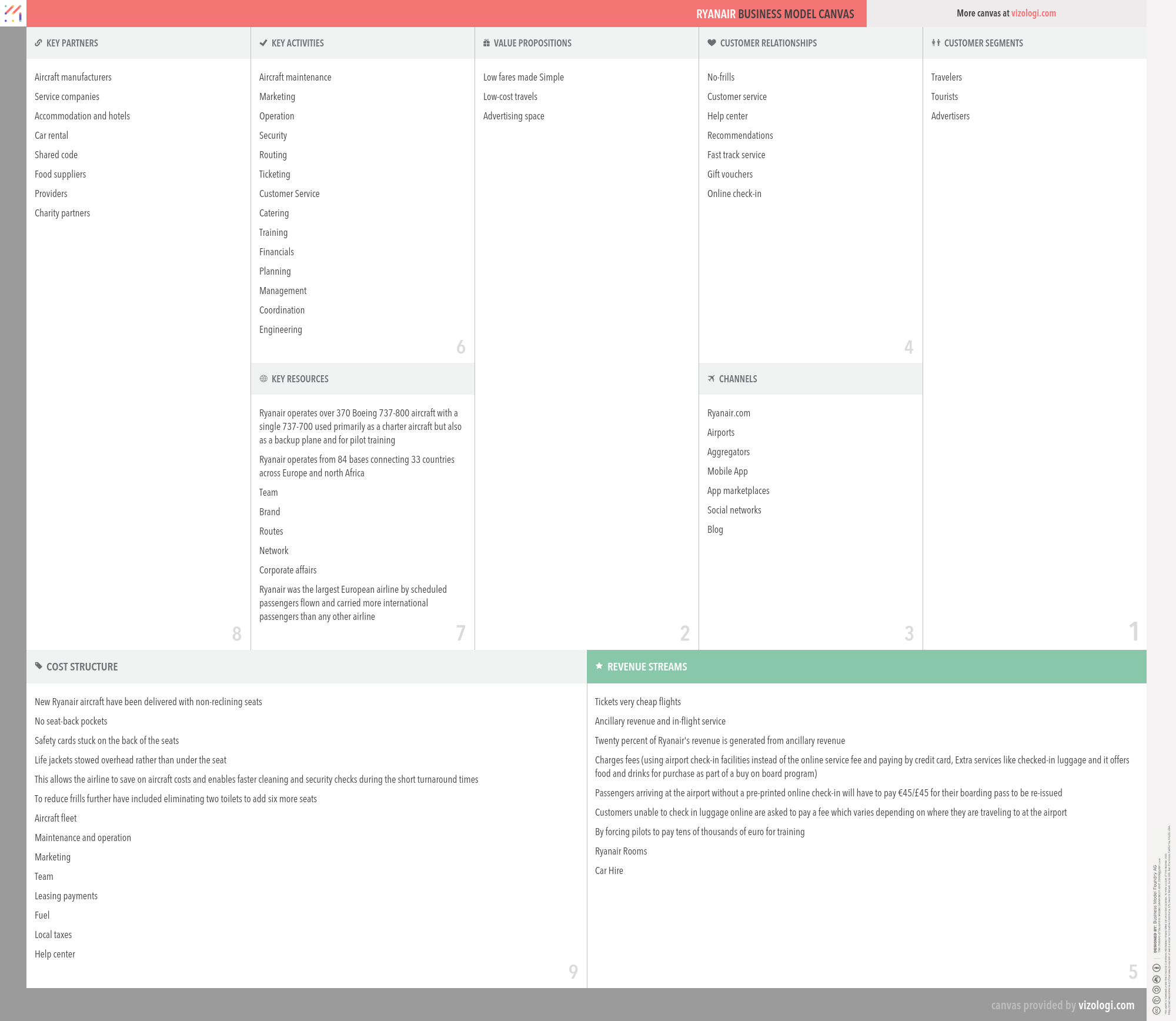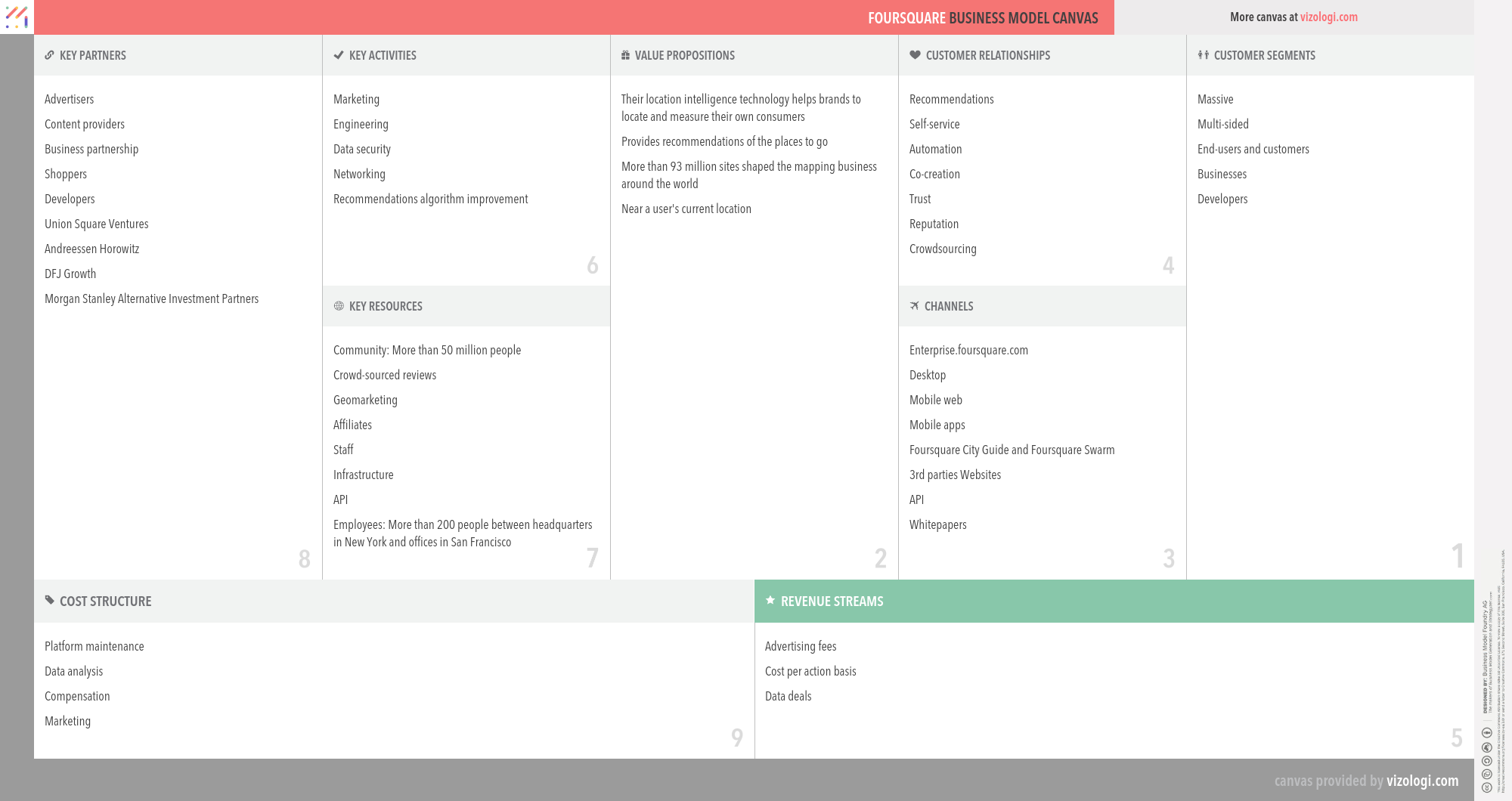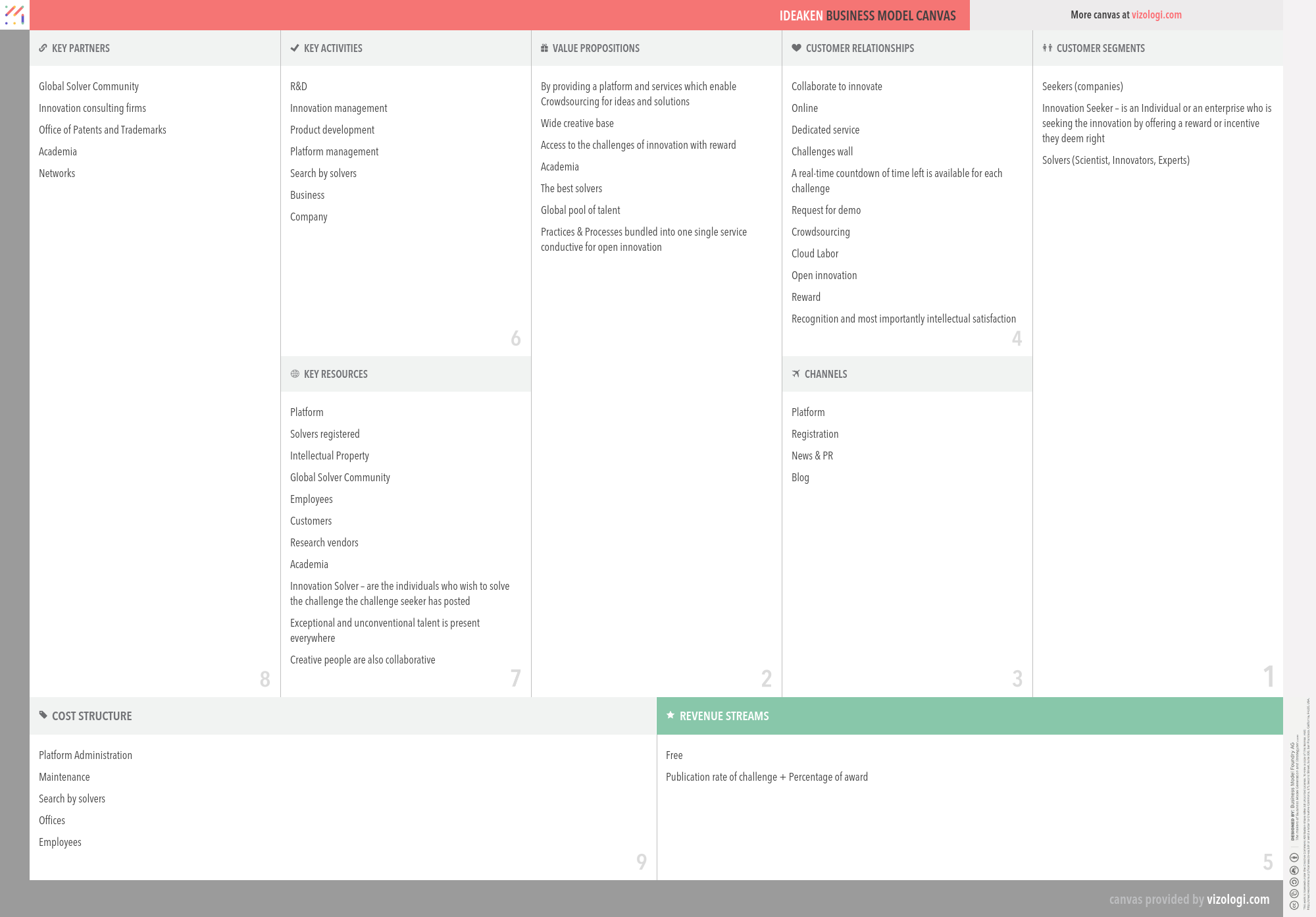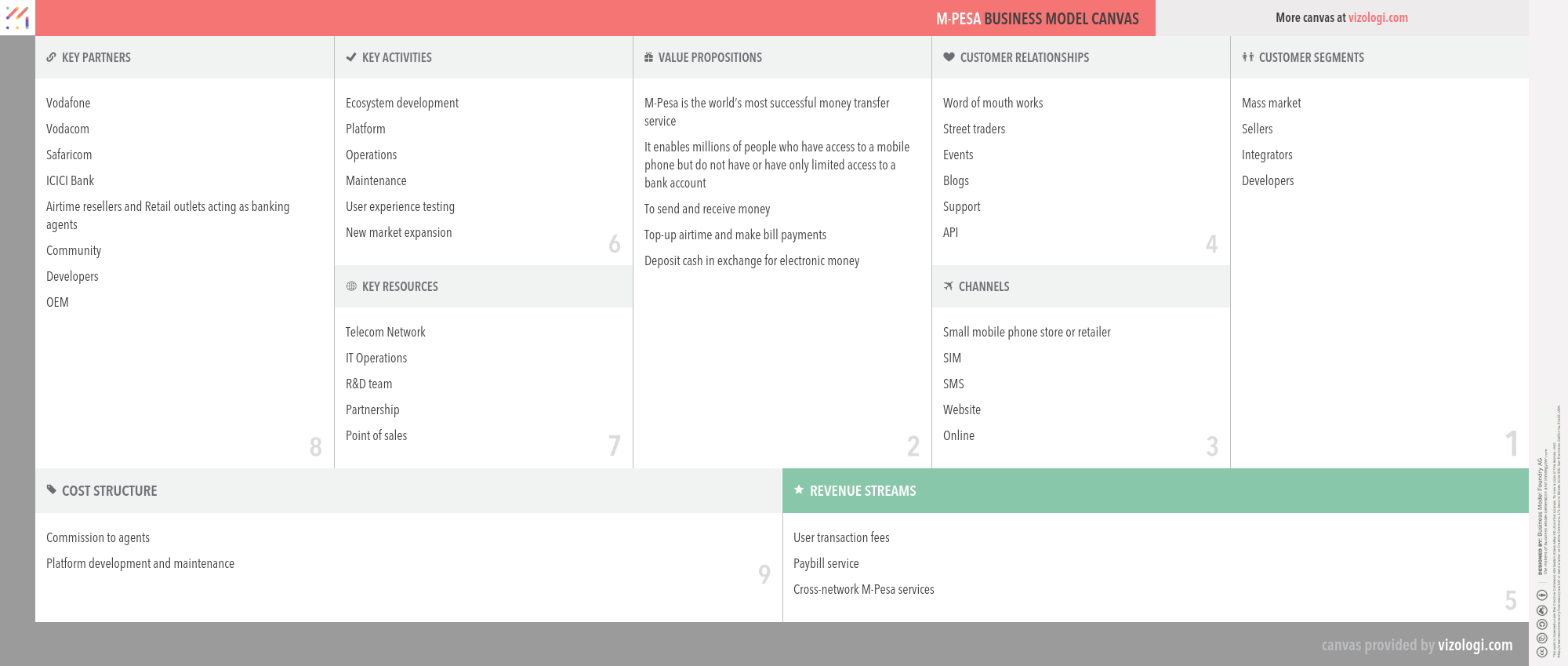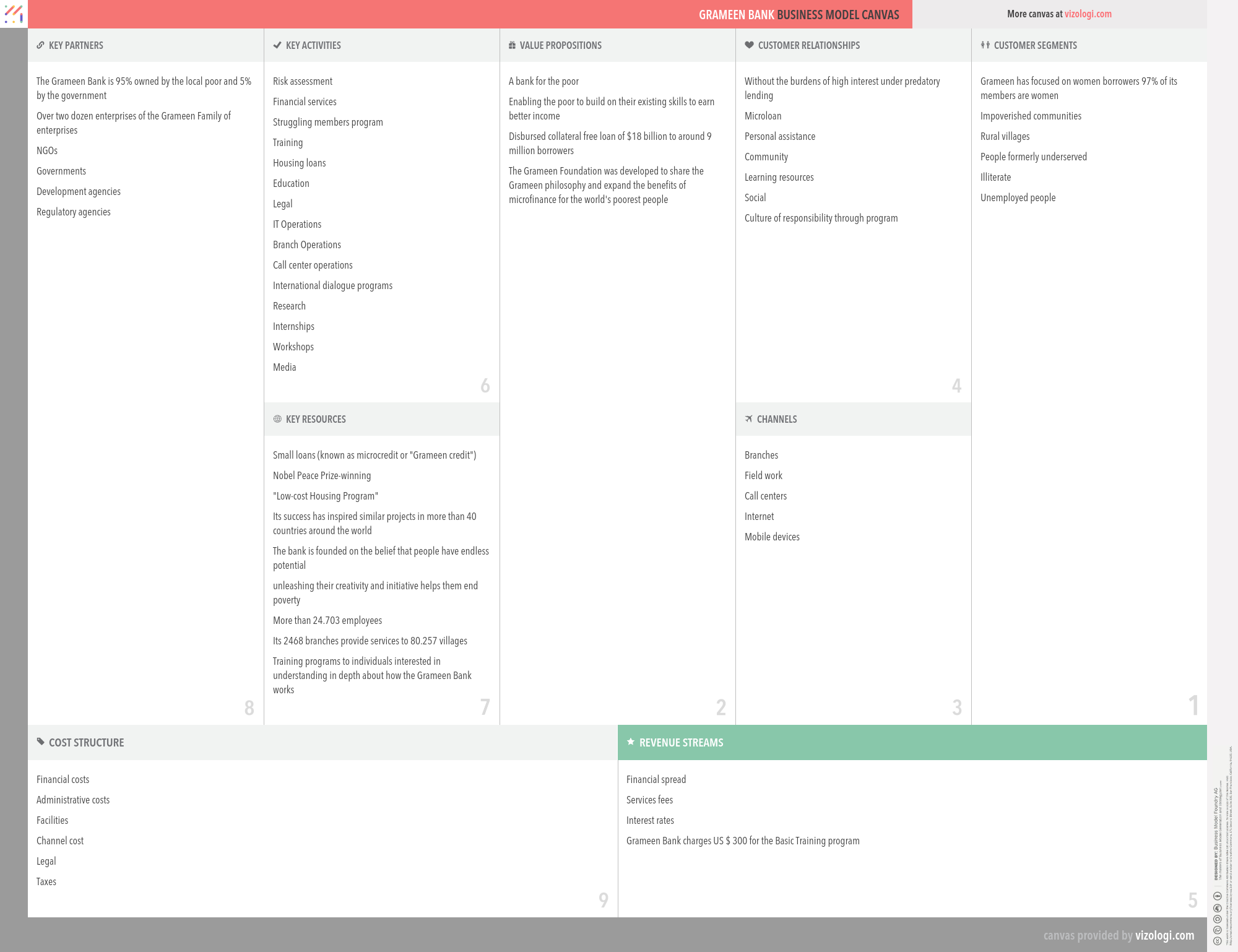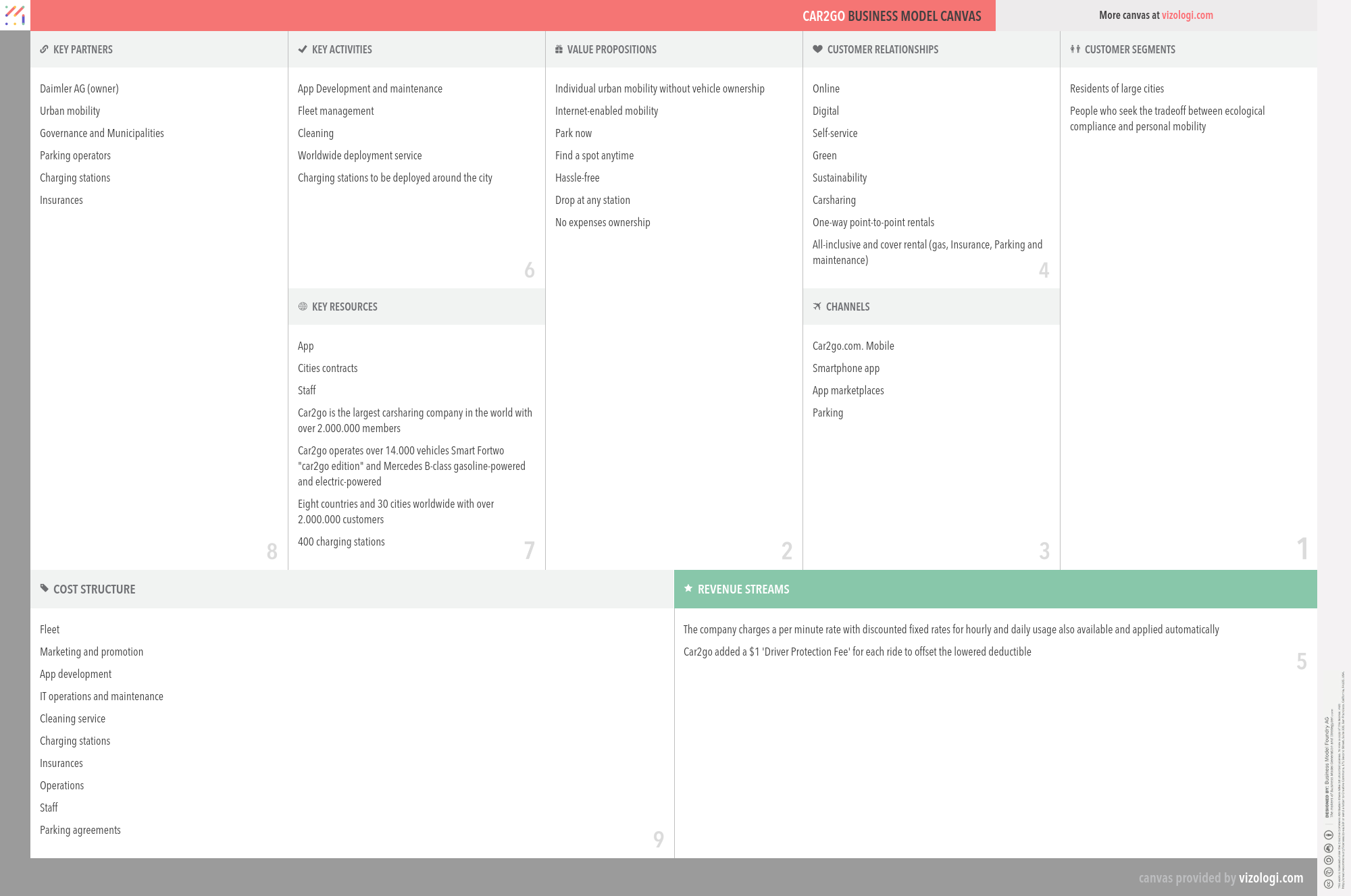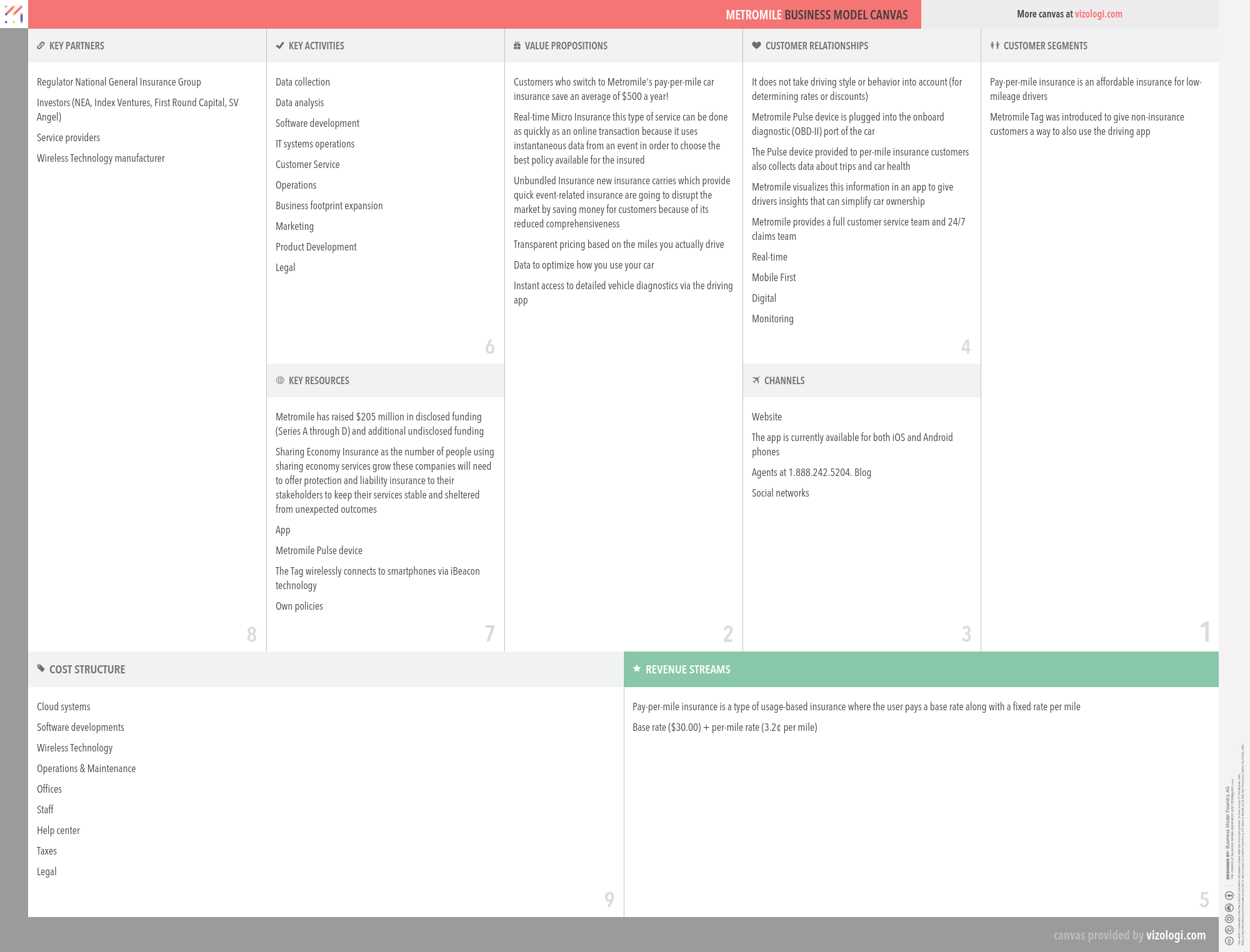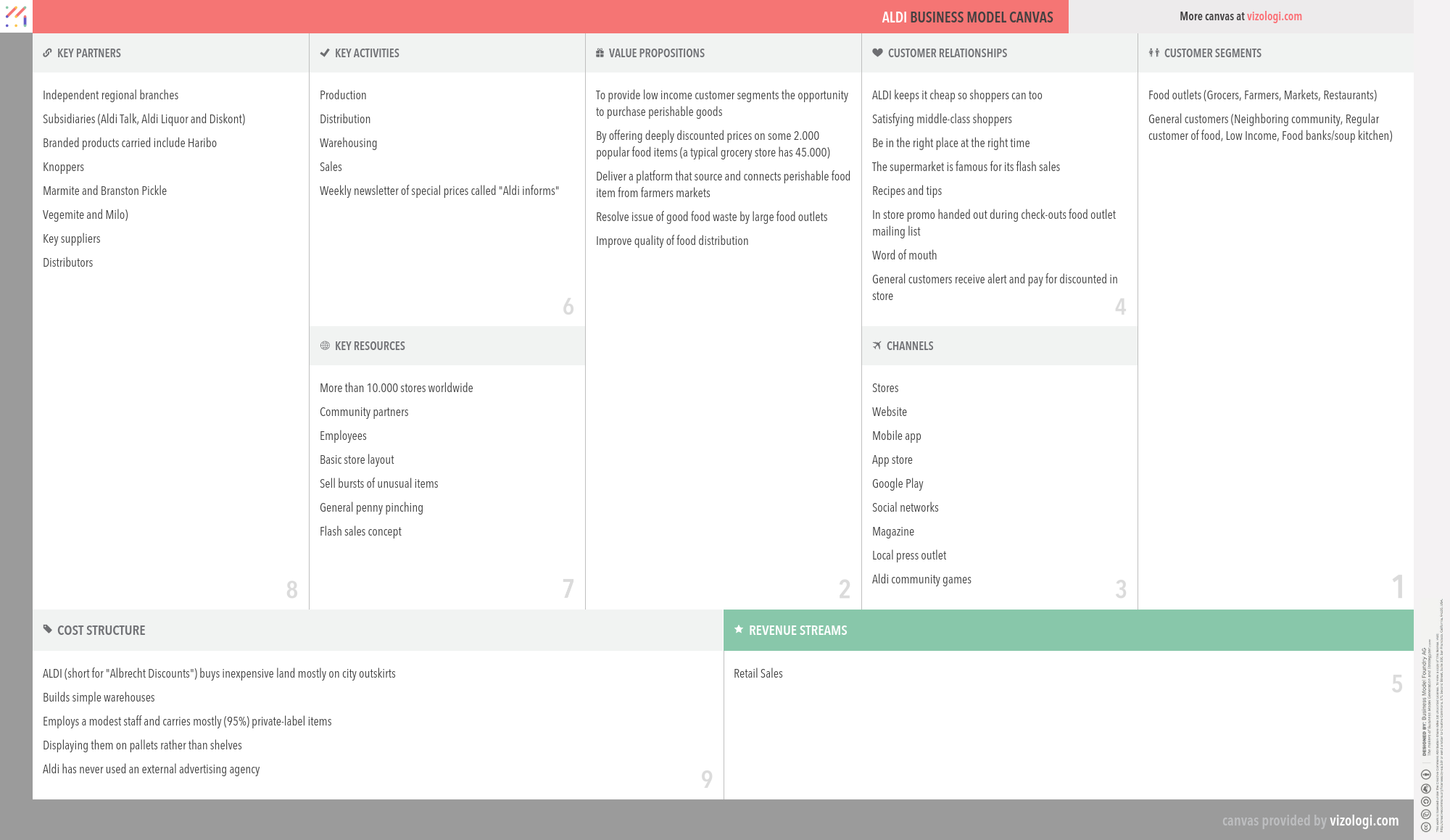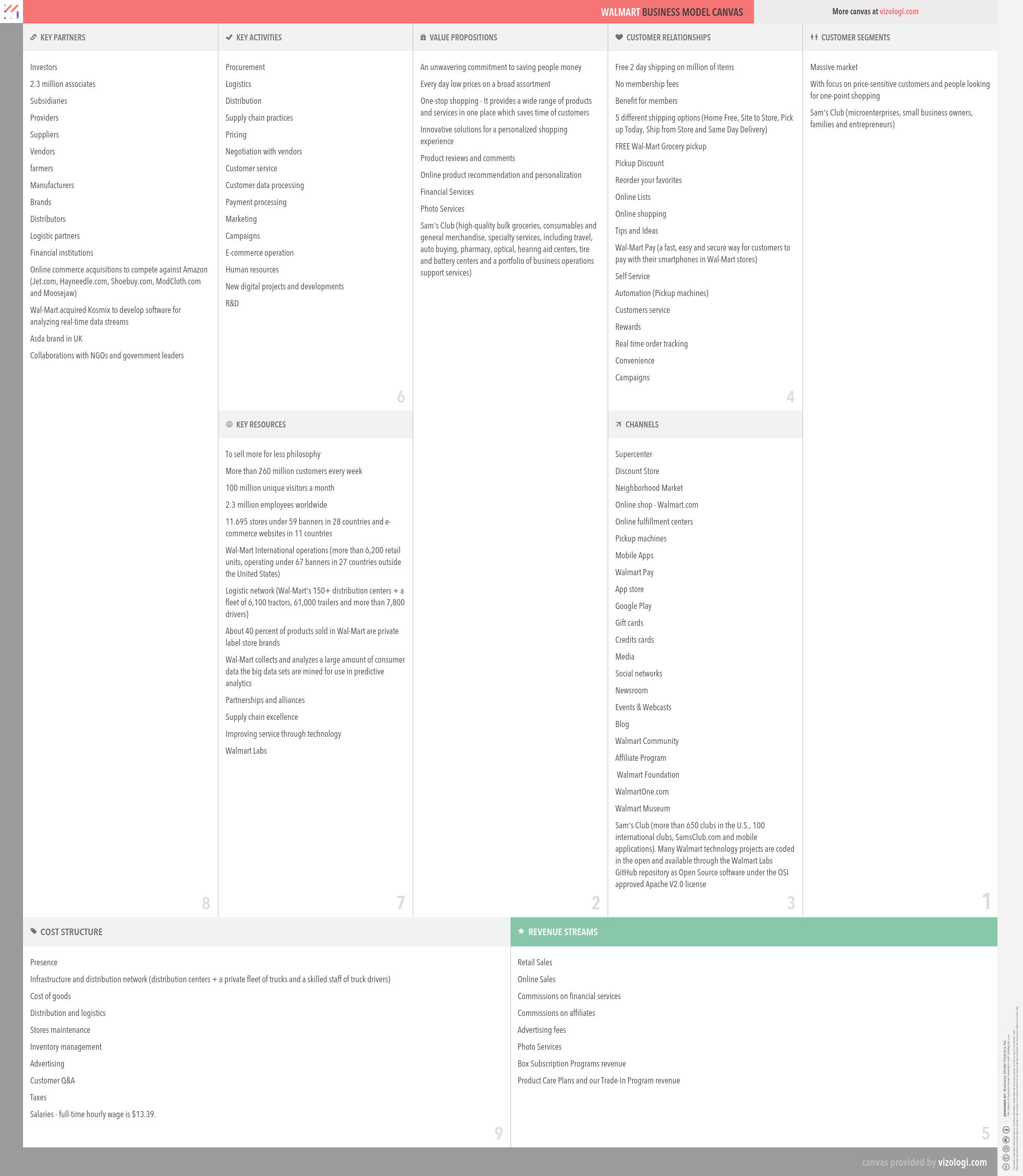Types of Business Models Including Examples of Business Model Canvas
How to make a business model for a startup?
A business model is like a map that can either take your business to its desired destination or set you back a million years. It is the basis upon which every official business is built.
Many business owners get confused because they think it is a complicated business framework. Still, it is just the answer to the question, “How do you plan on making a profit from your business model?”
Working on the best business model is as important as crafting the right product or services because this is what will determine whether your product will be successful in the long run. However, it is very different and requires a unique approach, and this is one of the reasons why many investors often opt for businesses that have more than one founder.
In this scenario, one of the founders can take care of the technical and creative details of the business, while the other focuses on the business aspect of the brand and sets financial goals for the firm. These two roles are not mutually exclusive; they complement each other.
Many business owners get so carried away with creating the perfect product or business Innovation that they forget to outline the business plan that will help their business grow. This is why many businesses and startups fail. Even if you have the next big thing in the world of technology, without the right business plan, it will fail in no time because many people might like your product but will not pay for it if the marketing and pricing are off.
This is why this article has been brought to light: to give you a head start on creating the right business model that will change your business and give it what it needs to succeed.
Here are eleven advice that you need to know about business modeling, and if it is followed correctly, you could well be on your way to becoming the next Jeff Bezos, remember that you can access our business model examples here:
1. Quantify The Value Of Your Product or Services
It is important that you understand, analyze, and quantify the value of your business before you work on a business model, as this will give you an idea of what to expect from prospective customers. You have to estimate your costs based on the demand in your target market because if the price is too low, your products might be ignored and undervalued, and if it is higher than that of your competitors and the same value, customers might also reject it. This has to form the basis of your business plan.
2. What Problem Does Your Product or Services Solve?
If your product or services do not solve a problem, then you do not have any business writing a business model or plan. This is why you need to conduct a “test” with real customers to get their reviews and suggestions on how to improve it. This is an integral part of crafting a business model because their report will guide you on the target audience you want to attract to your product or services.
3. Turn competitors into compliments.
Usually, we think about our competence as the enemy when using different business models, but we can also become partners in value creation. There are several examples when competitors have come together to explore this method, two-sided markets, also known as two-sided networks, are economic systems using two different user groups offering each other with community advantages. The organization that makes value primarily by allowing direct connections between 2 (or more) various kinds of connected clients is called a multi-sided stage (MSP). A Two-sided Market eases interactions involving numerous interdependent groups of consumers. The worth of this system increases as more teams or individual members of each cluster utilize it. Both sides often come in disparate groups, such as companies on the one hand and personal interest groups on the other. Any merchandise serving two different sets of consumers is currently addressing a two-sided sector. eBay joins sellers and buyers. Google connects seeking customers with advertisers. Social websites like Twitter and Facebook will be two-sided, linking consumers with advertisers.
4. Listen To Experts
You need to have a small circle of experts that you can revert to when necessary and ensure these are unbiased in their summation of your business. This has to be part and parcel of a business model, and check with your partners and end users for feedback. Talking to potential investors about their views is valuable, even if you are bootstrapping the effort. This will shape your business model from time to time because stagnating in the murky waters of business is dangerous.
5. Test The Market
There should always be plans for product or service testing, as it will serve as the validation point for your business. This makes it easier for you to test the quality, cost, and pricing of the products or services that your business is based upon. Thus, you can quickly improve, optimize, or put a production on hold when a glitch needs to be fixed or altered.
6. Align With Key Partners
You need to identify the right partners to help your business grow and help you achieve your goals. The first step is to write down the goals you want to make and the key partners who will assist you in your business strategy. It is essential to have targeted goals aligned with key partners when creating or adopting a business model.
7. Identify and Adopt Important Resources
Every business model must outline the substantial resources to aid the firm’s growth. You must also include knowledge about customers and how they interact with the product in this aspect. For infrastructure-driven businesses, these resources could consist of physical or virtual infrastructure that your business needs.
8. Know and Optimise The Preferred Payment Channel
A business model has to contain information on how customers pay for a product or service. This should include the list of payment channels outlined in clients’ preferred methods. This business model is a mainstay in every market, although the method differs for every company (some companies prefer full payment while others opt for a partial payment plan.)
Each payment option comes with financial consequences that will affect your business model in the long run, so you must work on this, even if it is a small business plan
9. Customer Relations
You have to outline the different ways customers can interact with your products and services. Do you want to stick to the internet only and make it more personal with a one-on-one approach? Once you have this business model set up, it is important to create the right channels to ensure that it is efficient and sustainable.
10. Distribution Channels
Have you identified the most efficient way to interact with clients? Why do you want to adopt this method when marketing your product or service? These are questions that you need to ask yourself when developing a business model. Take notes of the different mediums with which you plan to build a relationship with a customer. You need to see things through the client’s eyes and plan a business model around their requirements to make it easier for them.
11. Revenue Streams
The different sources of income for your business need to be defined when creating a business plan, and the different channels must be listed. You also need to identify the aspects of your business that will drive more revenue and the areas that will not so you know what to optimize in the long run.
Every business needs a business model, as it provides guidelines on what to focus on to achieve the goals that you have set for your business.
How to write a business model?
Systematic review and analysis of managers’ responses to the questionnaire define business models as a project of organizational structures to create commercial opportunities.
If you write a paragraph on the back of the envelope describing your business strategy, you have written a plan or a germ of the plan. Design logic perceives the business model as a result of creating new organizational structures or changing existing structures to take advantage of new possibilities. It is much more enlightening to sketch and think about various alternative business models for a product, service, or technology.
First of all you have to download the business model canvas template.
Business model design is a continuous interaction between the nine business model modules of the canvas: Customer Segment, Value proposition, Distribution Channel, Customer Relationship, Key Resources, Key Activities, Key Partnerships, Revenue Streams, and Cost Structure. You are in charge of the environment in which you design them, here, you will find the business model canvas template in PDF format provided by vizologi.
The best way to sketch your business canvas it’s just to follow the order proposed by the template, follow the numbers set inside each module, and try to find answers for all the questions that your business model has to solve:
Step by step the whole explanation according to the nine modules of your business model canvas:
1st/ Customer Segments.
For whom is your company creating value?
Who are their most important customers?
2nd/ Value Propositions.
What value does your company deliver to the customer?
Which one of their customers are they helping to solve?
What bundles of products and services are they offering to each Customer Segment?
Which customer needs are they satisfying?
3rd/ Channels.
Through which channels do their Customer Segments want to be reached?
How are they reaching them now?
How are their channels integrated?
Which ones work best?
Which ones are the most cost-efficient?
4th/ Customer relationship.
What type of relationship does each of their Customer have?
Which ones have they established?
How are they integrated with the rest of their business model?
How costly are they?
5th/ Revenue Streams.
For what value are their customers willing to pay?
For what do they currently pay?
How are they currently paying?
How would they prefer to pay?
How much does each Revenue Stream contribute to overall revenues?
6th/ Key Activites.
What key activities do their Value Propositions require?
Distribution Channels?
Customer Relationships?
Revenue Streams?
7th/ Key Resources.
What Key Resources do their Value Propositions require?
Distribution Channels?
Customer Relationships?
Revenue Streams?
8th/ Key Partners.
Who are their Key Partners?
Who are their key Suppliers?
Which key resources are they acquiring from partners?
Wich Key Activities do partners perfom?
9th/ Cost Structure.
What are the most critical costs inherent in their business model?
Which Key Resources are most expensive?
However, once we have developed and tested a business model, we must still take a critical step to ensure the company’s survival: we must sell it to our partners, investors, and clients.
Business models describe company activity, especially in an entrepreneurial environment, but they are also used by executives within companies to explore future development opportunities.
You want to get there, to a point in the future (usually three to five years) where your company has other resources and capabilities, as well as higher profitability and assets.
The business model of design can facilitate the process of creating and describing a company’s business model. It is more valuable to have several business models on the table to discuss their strengths and weaknesses.
It is one of the latest business models of collaboration that can help accelerate your development cycle and is used by many technology companies, especially software companies.
A business model has two parts:”Part one covers all activities related to the production of something: design, purchase of raw materials, production, etc.” Part two includes all activities relating to the sale of goods: searching for and reaching customers, entering into sales transactions, distributing a product or providing a service.”
A business model should also include the planned start-up costs and financing sources, the target customer base, the marketing strategy, the competition, and the sales and price forecasts.
Each article focuses more specifically on how managers can go beyond their current business model to create a new design. Even if two companies are active in the same industry, they are likely to have different competitive advantages and, therefore, require different business models.
Circumstances change over time, and many companies change their business models to reflect the changing business environment and market requirements.
Different corporate structures may be required to disclose (or report to the relevant authorities) less or more information and may be subject to various rules and regulations.
The new business model may start with the design of a new product to address unmet needs or process innovation. Many changes in past business models have resulted from new technologies that have been used to fundamentally change one or more of the company’s key strategic decisions.
How can you use business model examples ideas to help find the right business model?
Maybe this should be the first question an Entrepreneur has to consider before starting a new adventure.
From Visiologi, we encourage you to validate your idea by studying the market strategy you are pointing to; there is no secret recipe, but try to understand the rules of your business ecosystem.
Get inspired by the most successful companies in your industry sector, explore the connections between the different business models in your category, and try to differentiate from others. If you copy a successful business idea directly, you can only compete in price; that is called a red ocean strategy.
On the other hand, if you explore the business strategy of your competence, you can always think and take an opposite approach. When you open a blue ocean strategy, you are opening a new ecosystem, with more risk but more innovation.
Online business models examples.
A curated directory of hundreds of different business model canvas collection has released by vizologi, the repository includes examples that cover four leading group of companies to get inspired.
The business model canvas marketplace is composed of companies belonging the markets of Fortune 500, the Smartest Companies list released from MIT Technology Review, the most famous startups, and new surprises to discover in our database.
Different types of business models for entrepreneurs and examples of companies with business model canvas.
eCommerce business model:
Conventional products or services are delivered through online channels only, thus removing costs associated with running a physical branch infrastructure.
The most famous examples of eCommerce are:
Amazon is the most significant Internet-based retailer in the United States and the world by total sales, and market capitalization Amazon.com started as an online bookstore.
Amazon business model canvas explained (click image to enlarge)
Alibaba’s works online marketplaces for both international and domestic China trade.
Alibaba business model canvas (click image to enlarge).
Subscription business model:
The customer pays a regular fee, typically monthly or annual, to gain access to a product or service.
The most representative case studies that we can learn are:
Netflix is a global American provider of streaming films and television series.
NETFLIX business model canvas (click image to enlarge).
Spotify is music, podcast, and video streaming service, officially launched on 7 October 2008.
Spotify business model canvas (click image to enlarge).
Freemium business model:
The basic version of an item is offered for free in the hope of eventually persuading customers to purchase a premium version.
Meaningful archetypes that started this trend are:
Dropbox is a cloud hosting service operated by American company Dropbox, Inc., headquartered in San Francisco, California, that offers cloud storage and synchronization.
Dropbox business model canvas (click image to enlarge).
Slack is a team communication application providing services such as real-time messaging, storage, and searching for new teams.
Slack business model canvas (click image to enlarge).
Digital business model:
A digital strategy is a form of strategic management and a business answer or response to a digital question, often best addressed as part of an overall business strategy.
Digital natives that transformed the society and the worldwide interconnections are:
Google offers targeted search results from billions of Web pages.
Google business model canvas (click image to enlarge).
Facebook create products and platforms that enable people to connect and share with mobile devices and personal computers.
Facebook business model canvas (click image to enlarge).
Franchising business model:
The franchisor owns the brand name, products, and corporate identity and licenses them to independent franchisees who bear the risk of local operations.
Two relevant examples of this type are:
McDonald’s is the world’s largest chain of hamburger fast food restaurants.
McDonald’s business model canvas (click image to enlarge).
Starbucks is a marketer and retailer of coffee, and it became a well-known mark worldwide.
Starbucks business model canvas (click image to enlarge).
Customer relationship business model:
The high cost of client acquisition makes it indispensable to gain a large wallet share; economies of scope are key.
Examples of customer relationship models are:
Salesforce is a leading provider of enterprise cloud computing solutions, focusing on customer relationship management (CRM).
Salesforce business model canvas (click image to enlarge).
Shopify offers a leading cloud-based, multi-channel commerce platform designed for small and medium-sized businesses.
Shopify business model canvas (click image to enlarge).
Long Tail business model:
Rather than concentration on blockbusters, the main bulk of revenues is generated through a’ long tail’ of niche products that, individually, neither demand high volumes nor allow a high margin.
The extensive case studies that can represent the concept of Long Tail are:
YouTube is not your father’s method of sharing video footage.
Youtube business model canvas.
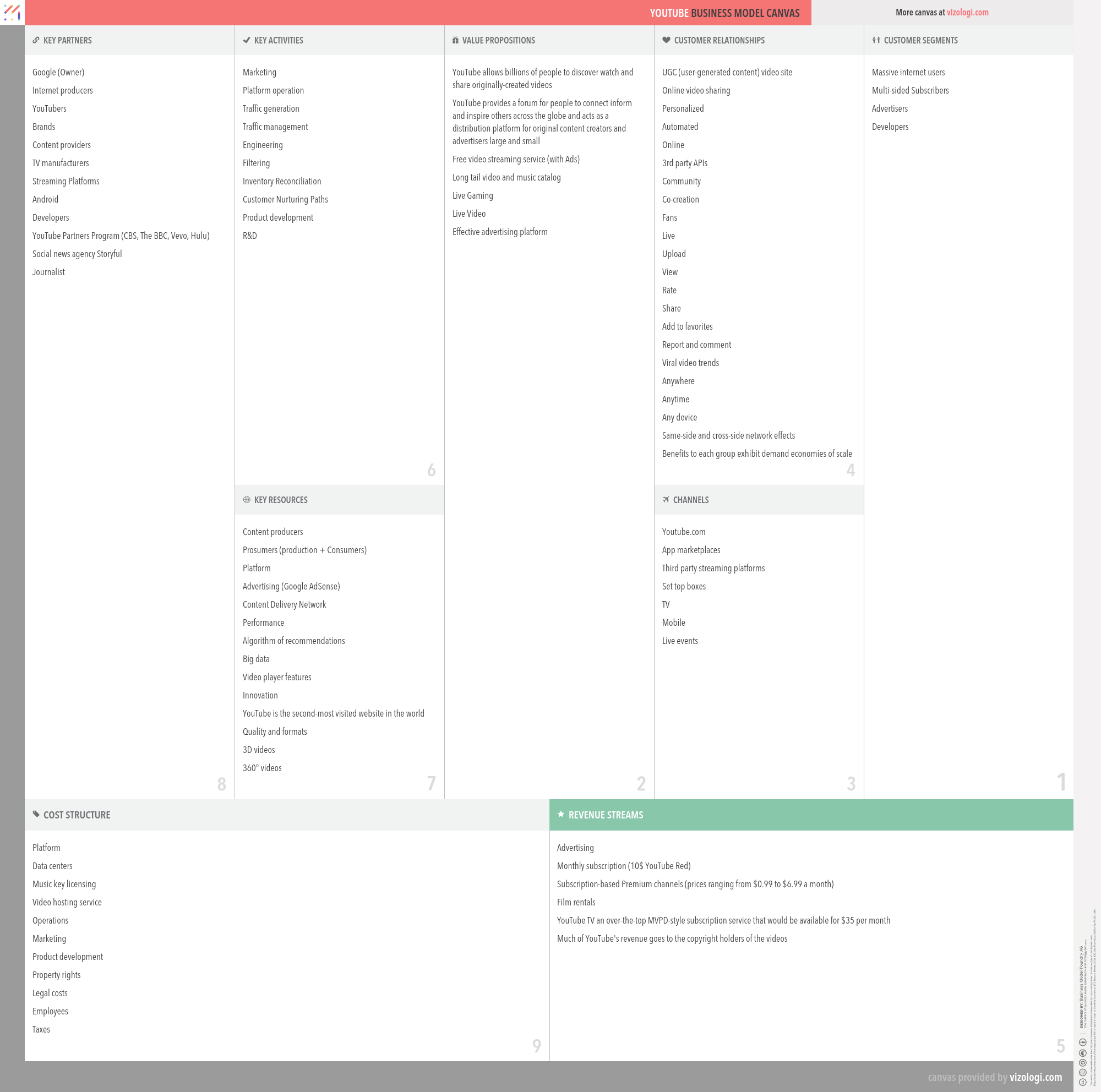
Moreover, the Apple business model canvas, reflect long tail marketplace pioneer:
Sharing-economy business model:
It is an umbrella term with various meanings, often used to describe economic and social activity involving online transactions.
Undoubtedly, Uber and Airbnb are the kings of the sharing economy. In both cases, they revolutionized the meaning of a collaborative economy.
Uber is revolutionizing the transportation management system by proposing a new approach to the old yellow taxi cab industry.
Uber business model canvas.
Airbnb created a new kind of relationship between travelers and landlords.
Airbnb business model canvas.
Open-source business model:
In Open-source software engineering, the source code of a software product is not proprietary but is made freely accessible to anyone.
Two different samples about how to use the power of the open-source community are:
Red Hat is a leading global provider of open-source software solutions using a community-powered approach.
RedHat business model canvas.
The Mozilla Foundation is a non-profit organization that exists to support and collectively lead the open-source Mozilla project.
Mozilla Foundation business model canvas.
Subscription box business model:
A subscription box is a package deal of retail products sent directly to a customer repeatedly.
Birthbox and Barkbox proposed a new approach to receiving our desired monthly box.
Birchbox is an online monthly subscription service that sends subscribers a selected sample package.
Birchbox business model canvas.
BarkBox is a monthly subscription e-commerce platform for dog lovers.
Barkbox business model canvas.
Multi-level marketing business model:
MLM, also known as pyramid selling, network marketing, and referral marketing, is a controversial pyramid-shaped marketing strategy in which profit is theoretically derived from two revenue streams.
Below, you will find two representative examples based on the pyramid model.
Tupperware is an American multinational direct sales company. It was ranked equal to # 2 in Fortune’s Most Admired Home Equipment and Furnishings section.
Tupperware business model canvas.
Vorwerk is well known as an internationally successful and long-established company due to its readiness to embrace change and its mission to produce exceptional quality.
Vorwerk business model canvas.
Advertising business model:
This model is used to create revenue through delivering promotional marketing messages from other companies to consumers.
Two companies that illustrate this type are:
Yelp is an American firm headquartered in San Francisco. It develops, markets, and hosts Yelp.com and the Yelp mobile program, which releases crowd-sourced reviews about neighborhood companies, in addition to the internet booking service Yelp Reservations and online food-delivery agency Eat24.
Yelp business model canvas.
More than 700 cities in 70 nations have Craigslist, a classified advertising site with sections dedicated to jobs, housing, personals, things needed, services, networks, gigs, resumes, and discussion forums.
Craiglist business model canvas.
Ecosystem business model:
A system that includes all companies in an area and functions together as a unit—the organisms of the business world.
A few corporations have achieved the significant milestone of creating a whole new ecosystem; here you have the primary examples:
A group of Silicon Valley entrepreneurs launched Tesla Motors and strived to revolutionize and quicken the planet’s transition using a variety of cars. Tesla vehicles are EVs (electric vehicles), which are changing the way people move.
Tesla business model canvas.
The blockchain is the world’s leading software platform for digital assets.
Blockchain business model canvas.
Brokerage business model:
A brokerage company’s primary duty is to act as a middleman between buyers and sellers, facilitating transactions.
Essential digital firms that act as an intermediary are:
PayPal is an American company operating a worldwide online payments system that sustains online money transfers and offers as an electronic alternative to traditional methods like checks and money orders.
Paypal business model canvas.
Lending Club is the first leading online marketplace connecting borrowers and investors.
Lending Club business model canvas.
Peer to Peer business model:
P2P is a decentralized business platform where two individuals interact directly with each other. There is no intermediation by a third party, but in the business context, the technology provider acts as an intermediary.
P2P examples that are not pure P2P players are:
eBay Inc. is a global commerce leader, including its marketplace, StubHub, and Classifieds platforms.
eBay business model canvas.
Etsy is a peer-to-peer e-commerce platform focused on handmade or vintage items and supplies and unique factory-manufactured items.
Etsy business model canvas.
Razor And Blade business model:
The elementary product is cheap or given away for free, while the consumables are expensive and sold at high margins.
The kings of this pattern are Gillette and HP Printer:
Gillette is a brand of men’s safety razors and other personal care products, including shaving supplies.
Gillette business model canvas (click image to enlarge).
Regardless of what you are printing, HP.com has reliable, easy-to-use home printers and business printers with unrivaled performance.
HP Printer business model canvas (click image to enlarge).
Revenue Sharing business model:
Revenue Sharing refers to sharing revenues with one’s stakeholders, such as complementors or even rivals.
The education platforms where the teachers receive part of the revenue are good examples to illustrate the revenue-sharing concept:
Coursera is a venture-backed, for-profit educational technology company that offers massive open online courses (MOOCs).
Coursera business model canvas (click image to enlarge).
Udemy.com is an online learning platform for professional adults who want to add new skills to their resumes.
Udemy business model canvas (click image to enlarge).
Robin Hood business model:
The same product or service is made available to ‘the rich’ at a much higher price than to ‘the poor’ so that the bulk of the profits are generated from the wealthy customer base.
The most significant brands included in their strategy donation are:
Toms (stylized as TOMS) is a for-profit company based in Playa Del Rey, California. The brand designs and sells shoes and eyewear based on the Spanish alpargata design.
TOMS business model canvas (click image to enlarge).
Warby Parker is a brand from United States of prescription eyeglasses and sunglasses founded in 2010.
Warby Parker business model canvas (click image to enlarge).
Crowdfunding business model:
A product, project, or entire start-up is financed by a group of investors who wish to support the underlying idea, typically via the Internet.
They were pioneers in the startup world:
Kickstarter is an American public benefit corporation based in Brooklyn, New York, which has built a global crowdfunding platform focused on creativity.
Kickstarter business model canvas (click image to enlarge).
IndieGoGo is a worldwide crowdfunding platform that democratizes the way people raise fun/entertainment for any project such as creative, entrepreneurial, or cause-related.
Indiegogo business model canvas (click image to enlarge).
Lease business model:
The product that was being sold became an hourly/daily/monthly/yearly rent method.
Aircraft and automotive industry are clear examples of the leasing concept:
BMW produces motorcycles under BMW Motorrad and plug-in electric cars under BMW.
BMW business model canvas (click image to enlarge).
Boeing is an American multinational corporation that designs, manufactures, and sells airplanes, rotorcraft, rockets, and satellites worldwide.
Boeing business model canvas (click image to enlarge).
Low-cost business model:
A pricing strategy in which a company offers a relatively low price to stimulate demand and gain market share.
The ultra-low-fare airlines opened a new ocean into the travel industry.
Air Asia is the most significant airline in Asia’s most important airline, Malaysia, by jet fleet dimensions and locations and passengers.
AirAsia business model canvas (click image to enlarge).
Ryanair operates a low-cost Airline that pioneered and transformed the industry from scratch.
Raynair business model canvas (click image to enlarge).
Crowdsourcing business model:
Crowdsourcing means that the work can come from an undefined public (instead of being commissioned from a specific, named group).
The power of the people does not have limits; Foursquare and Ideaken are well-documented examples:
Foursquare is a technology company that uses location intelligence to build meaningful consumer experiences and inform business decisions.
Foursquare business model canvas (click image to enlarge).
Ideaken enables enterprises that need to collaborate to innovate, using their workers or a pool of talent, clients, study vendors, and academia.
Ideaken business model canvas (click image to enlarge).
Microfinance business model:
Microfinance is a source of financial services for entrepreneurs and small businesses lacking access to banking and related services.
M-Pesa is an African mobile phone-based money transfer, financing, and microfinancing service. Vodafone launched the service for Safaricom and Vodacom.
M-Pesa business model canvas (click image to enlarge).
Grameen Bank (GB) has transformed traditional banking practices by eliminating the need for security and building a new banking system based on mutual trust, accountability, participation, and creativity.
Grameen Bank business model canvas (click image to enlarge).
Pay as you go business model:
In this model, the actual usage of a service or product is metered; that is, the customer pays for what is consumed efficiently.
car2go offers exclusively Smart Fortwo and Mercedes-Benz vehicles and features one-way point-to-point rentals. Users are charged by a fraction of the time.
car2Go business model canvas.
Metromile is a San Francisco-based car insurance startup that offers pay-per-mile insurance and a driving app.
Metromile business model canvas.
Supermarket business model:
A company sells many readily available products and accessories under one roof.
Two significant players in the supermarket industry are:
Aldi is a primary global low-cost supermarket chain with almost 10,000 stores in 18 countries.
Aldi business model canvas (click image to enlarge).
Wal-Mart is an American multinational retailing corporation that operates as a chain of hypermarkets, discount department stores, and grocery stores.
Walmart business model canvas (click image to enlarge).
And now, you can access the complete inventory of model examples in the following link.

Vizologi is a revolutionary AI-generated business strategy tool that offers its users access to advanced features to create and refine start-up ideas quickly.
It generates limitless business ideas, gains insights on markets and competitors, and automates business plan creation.
